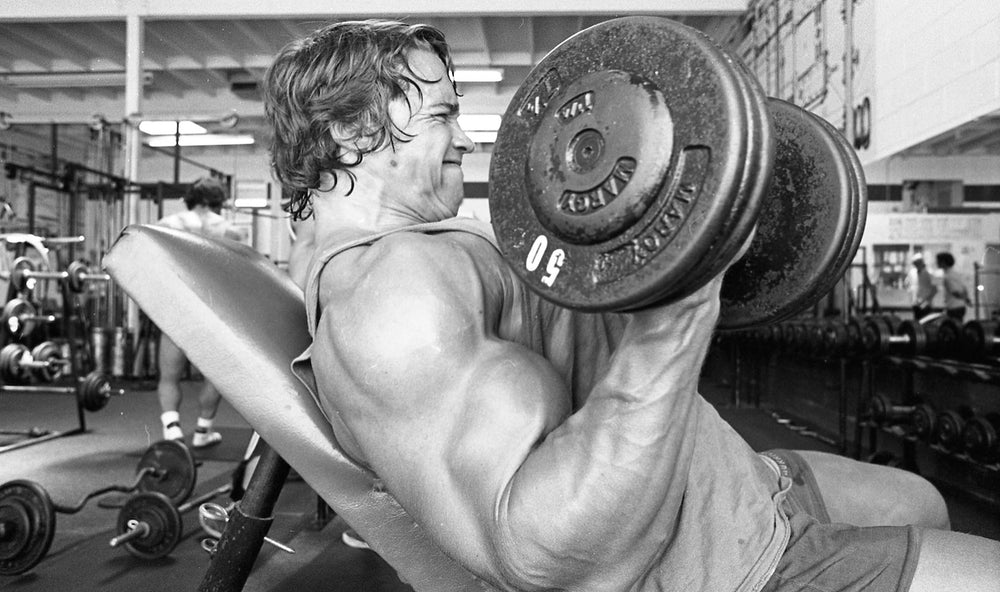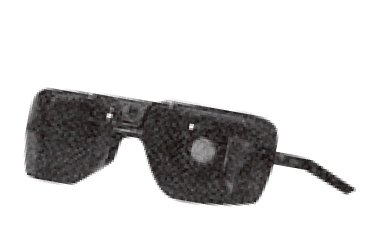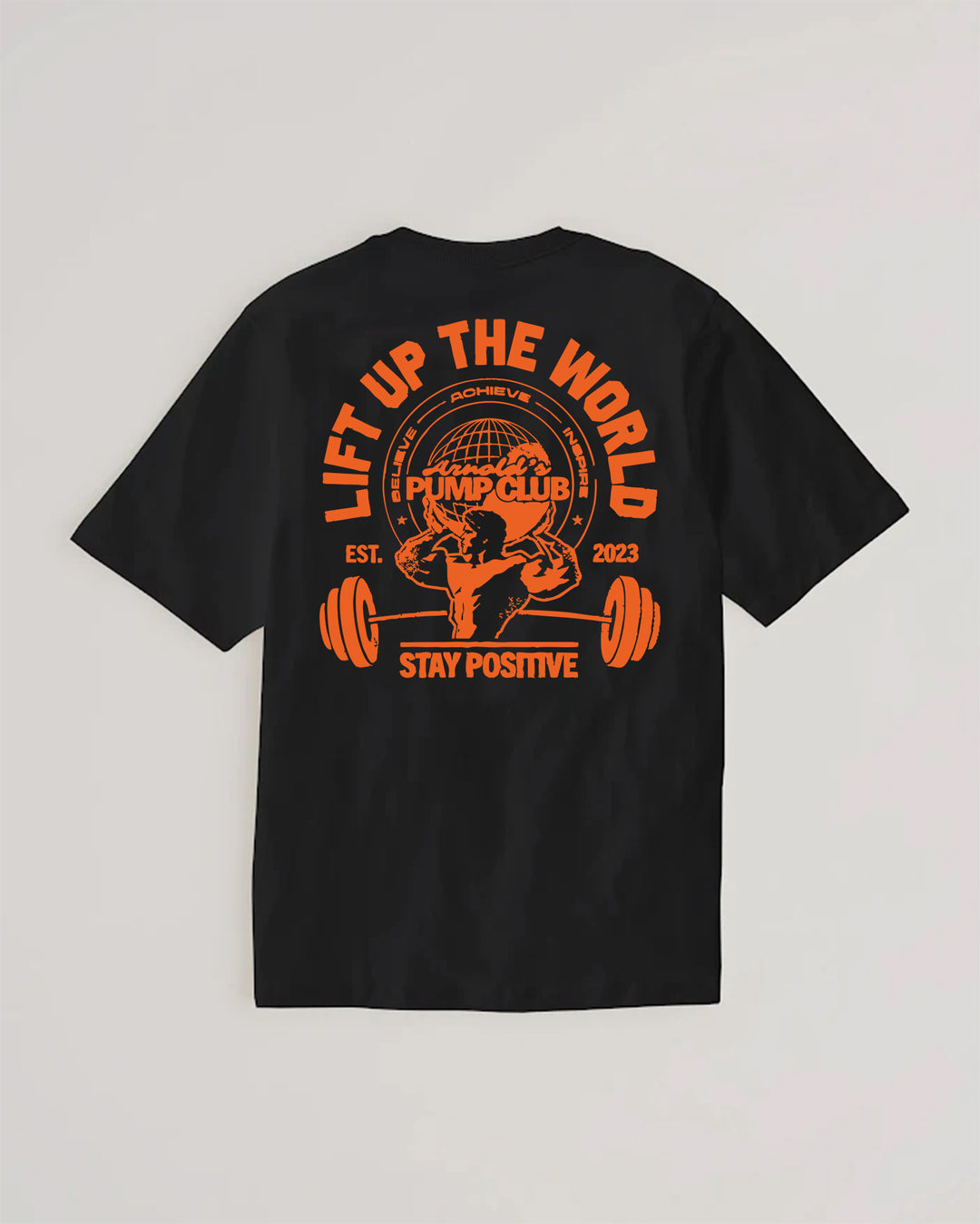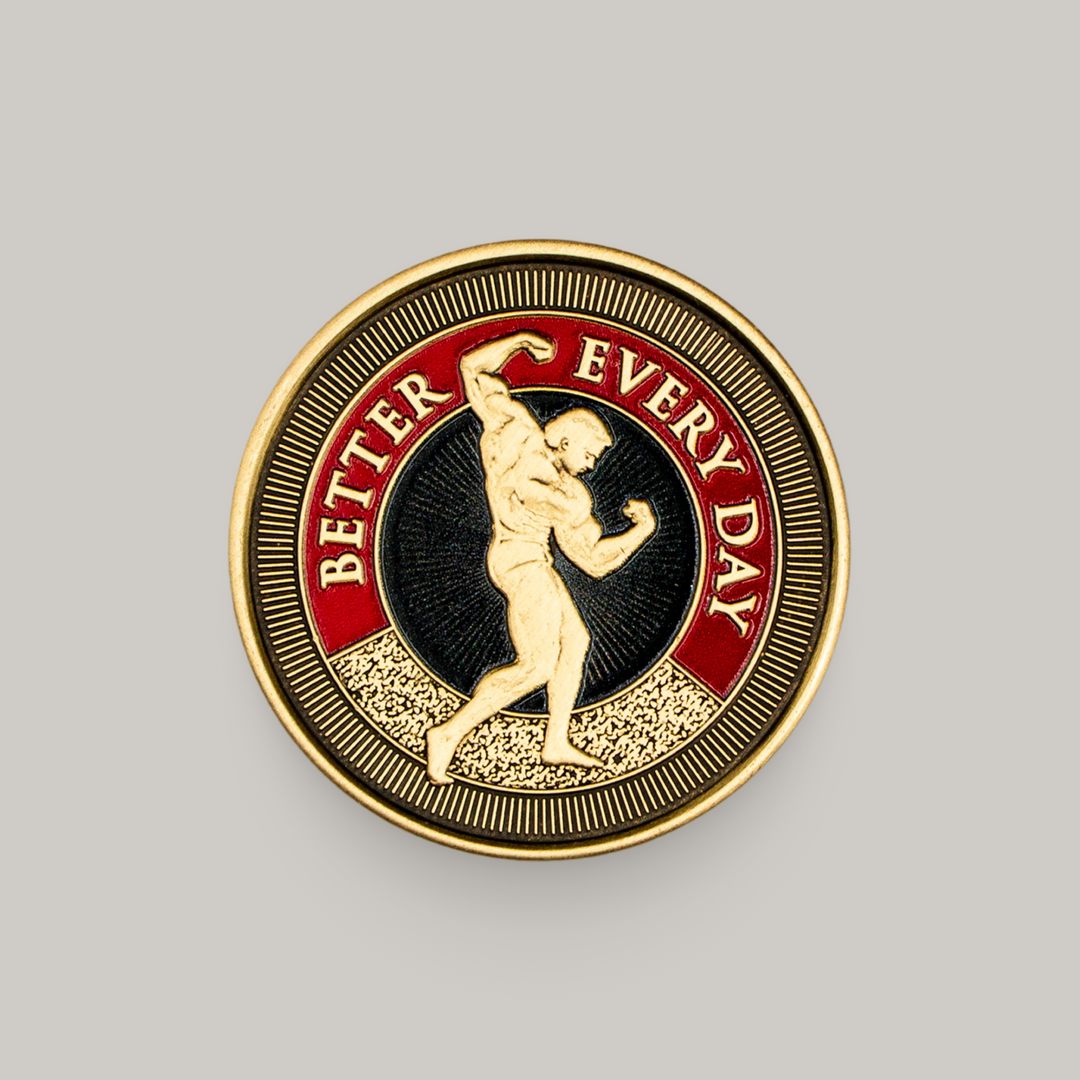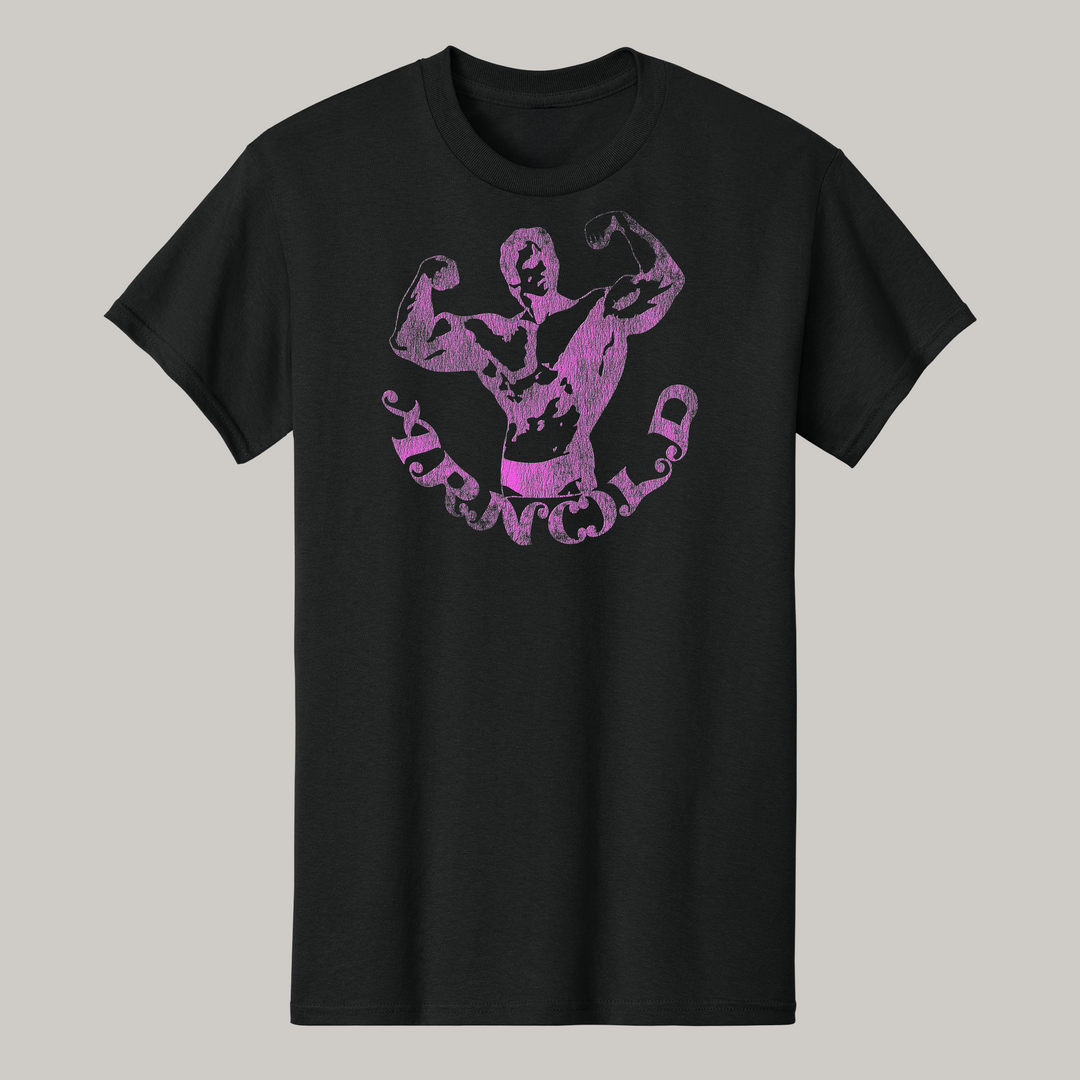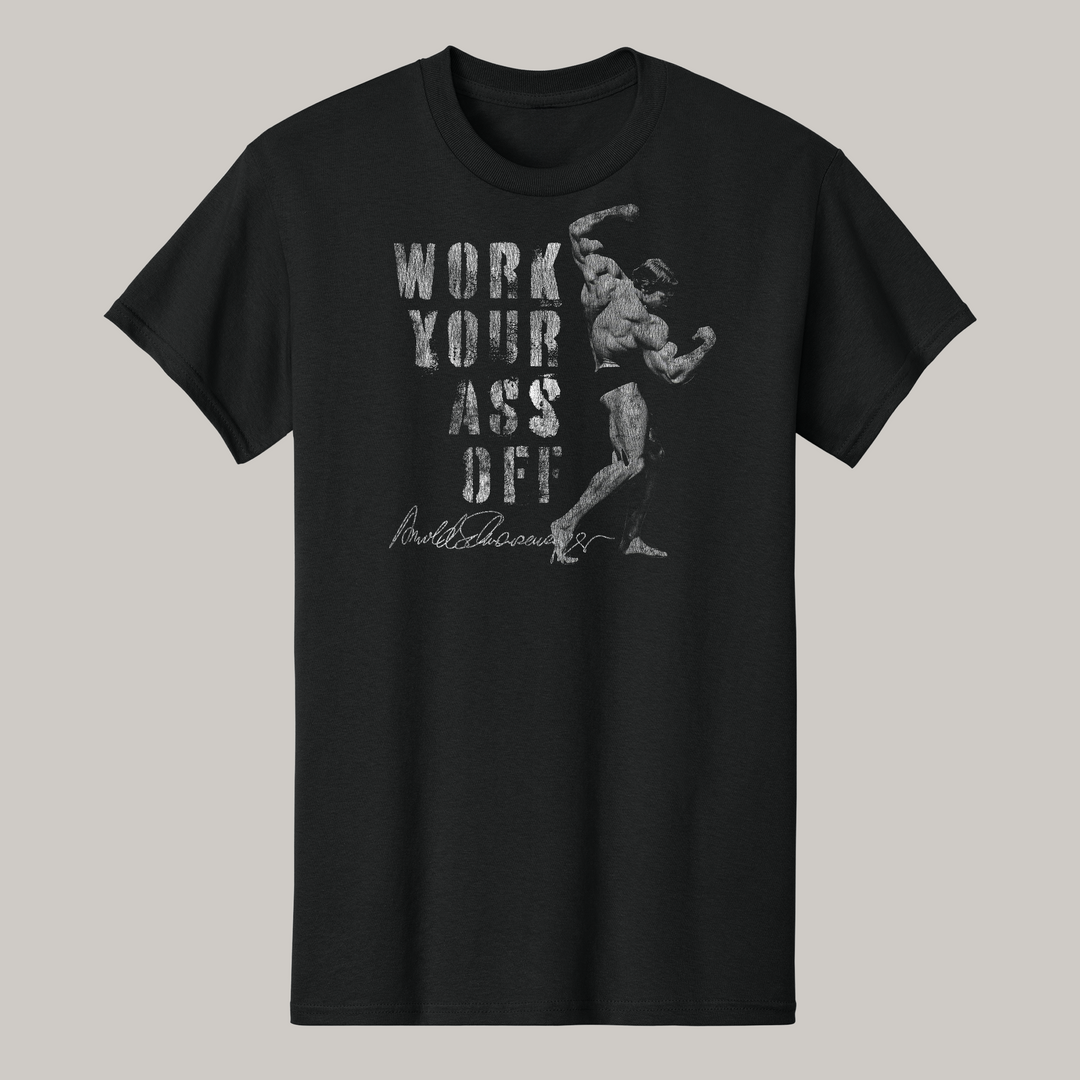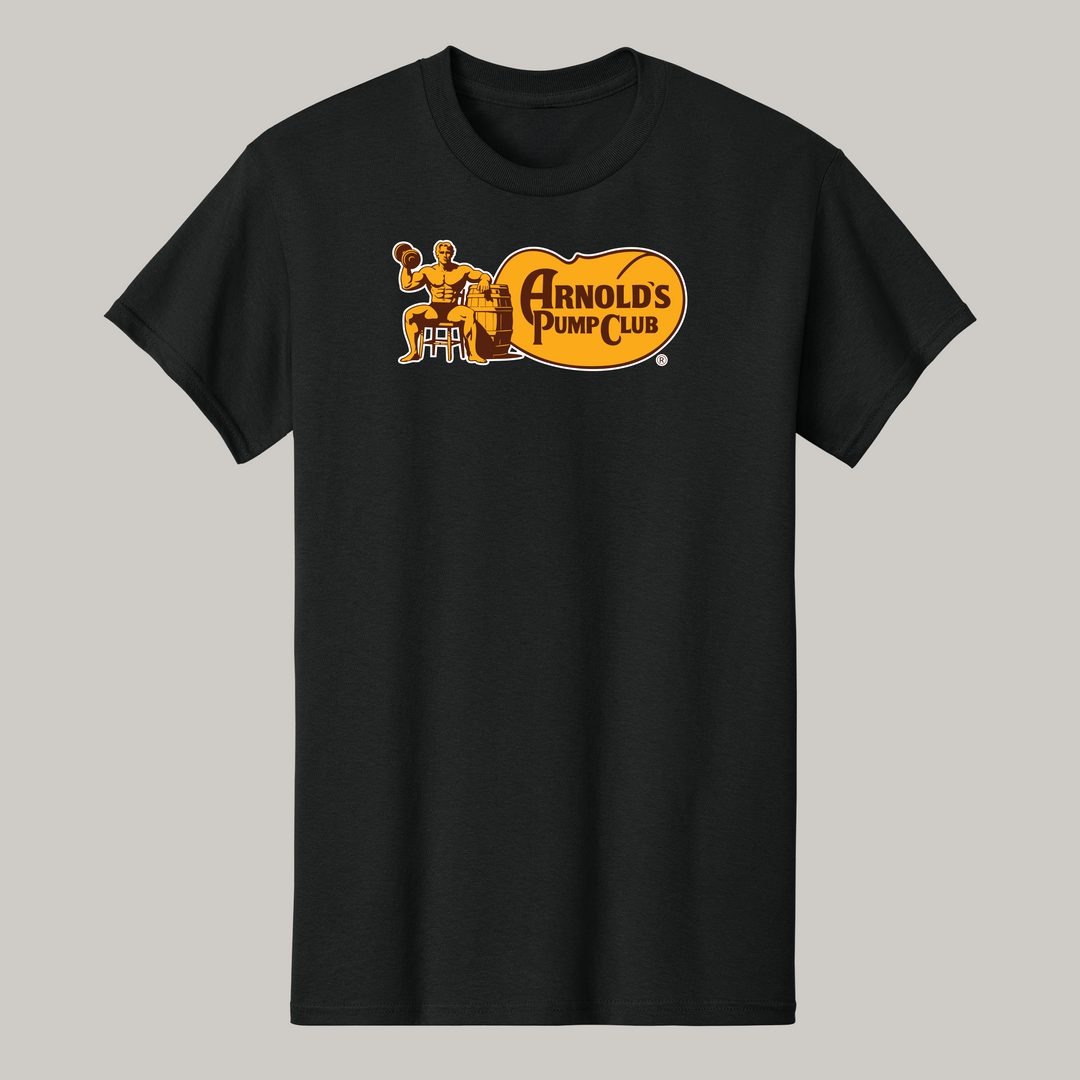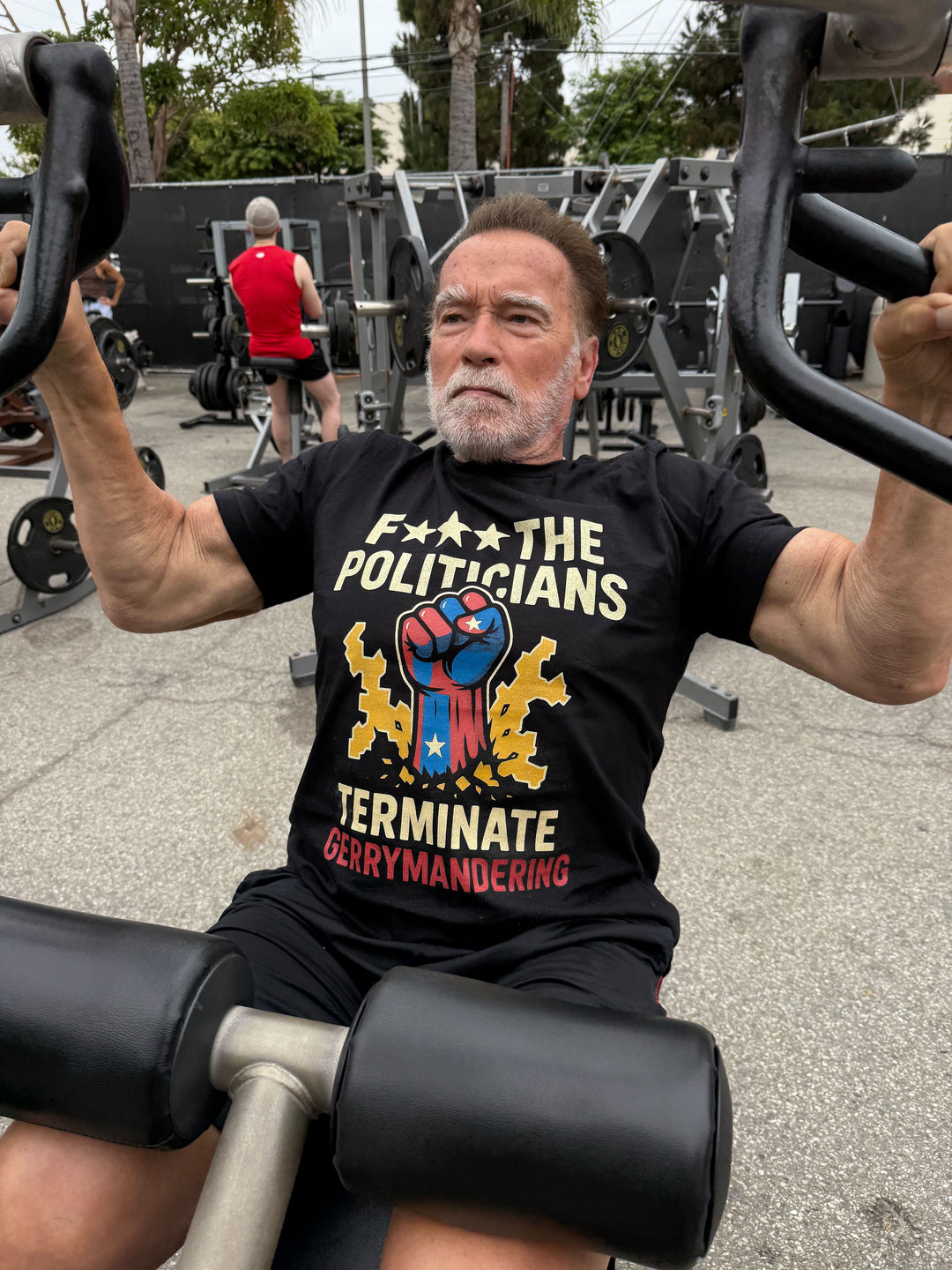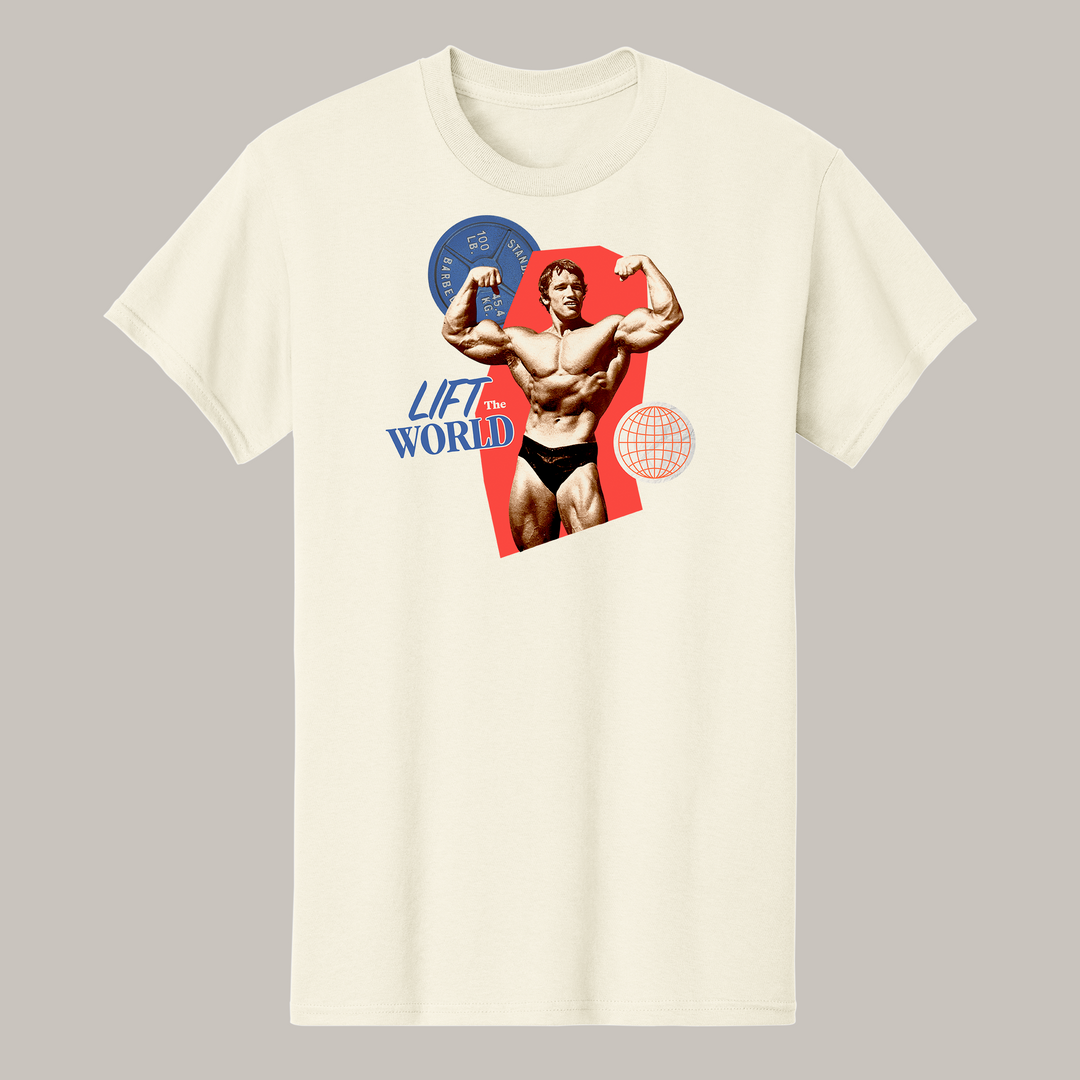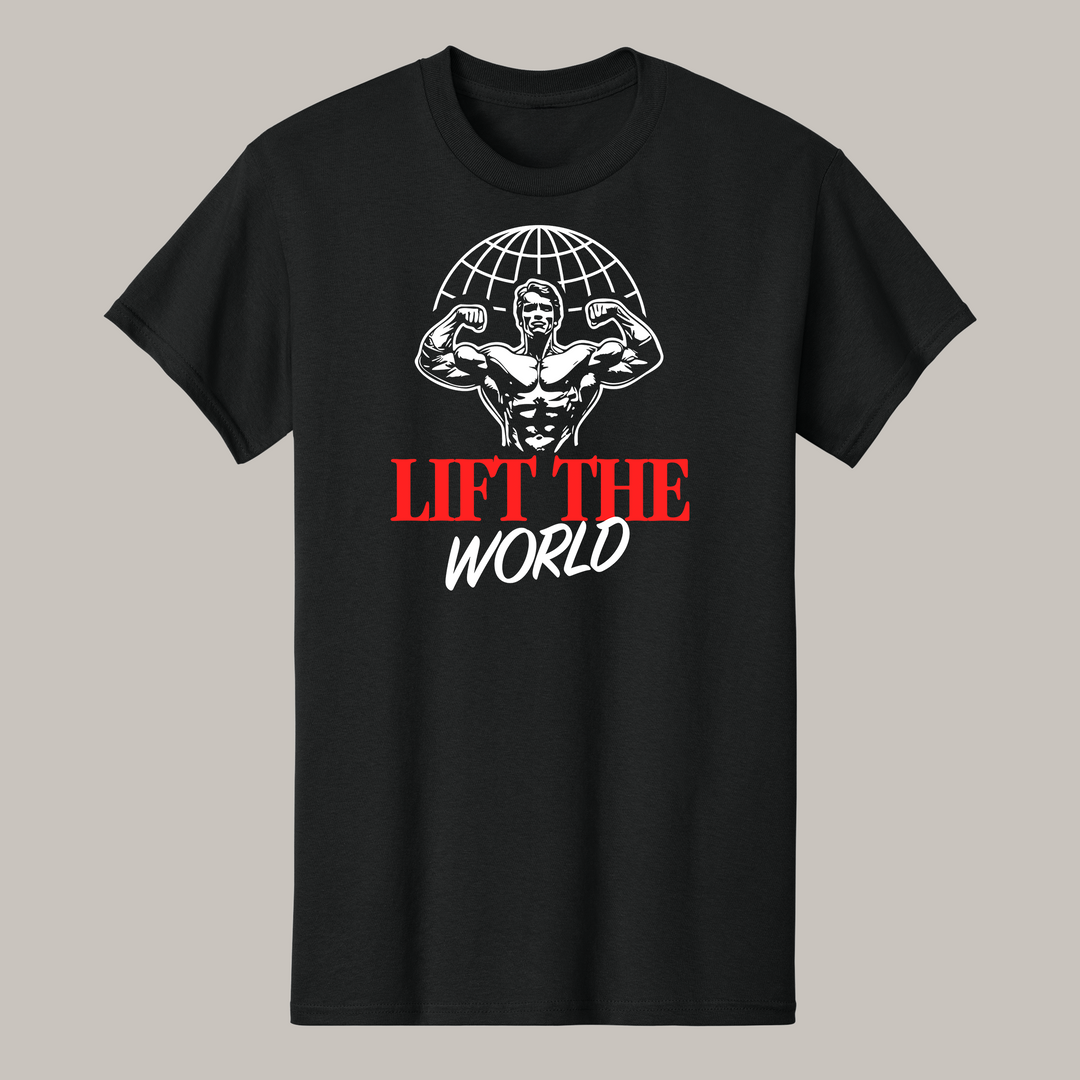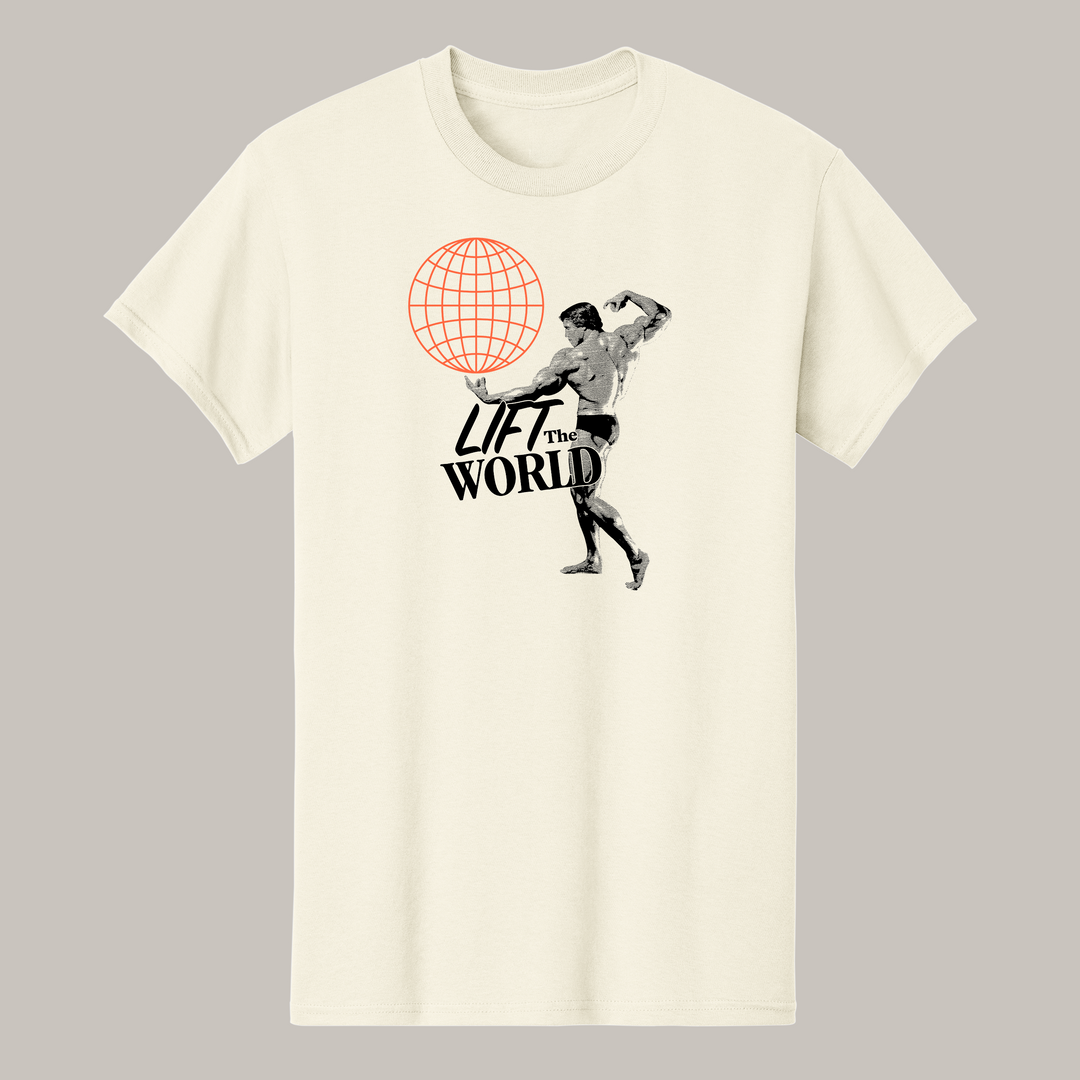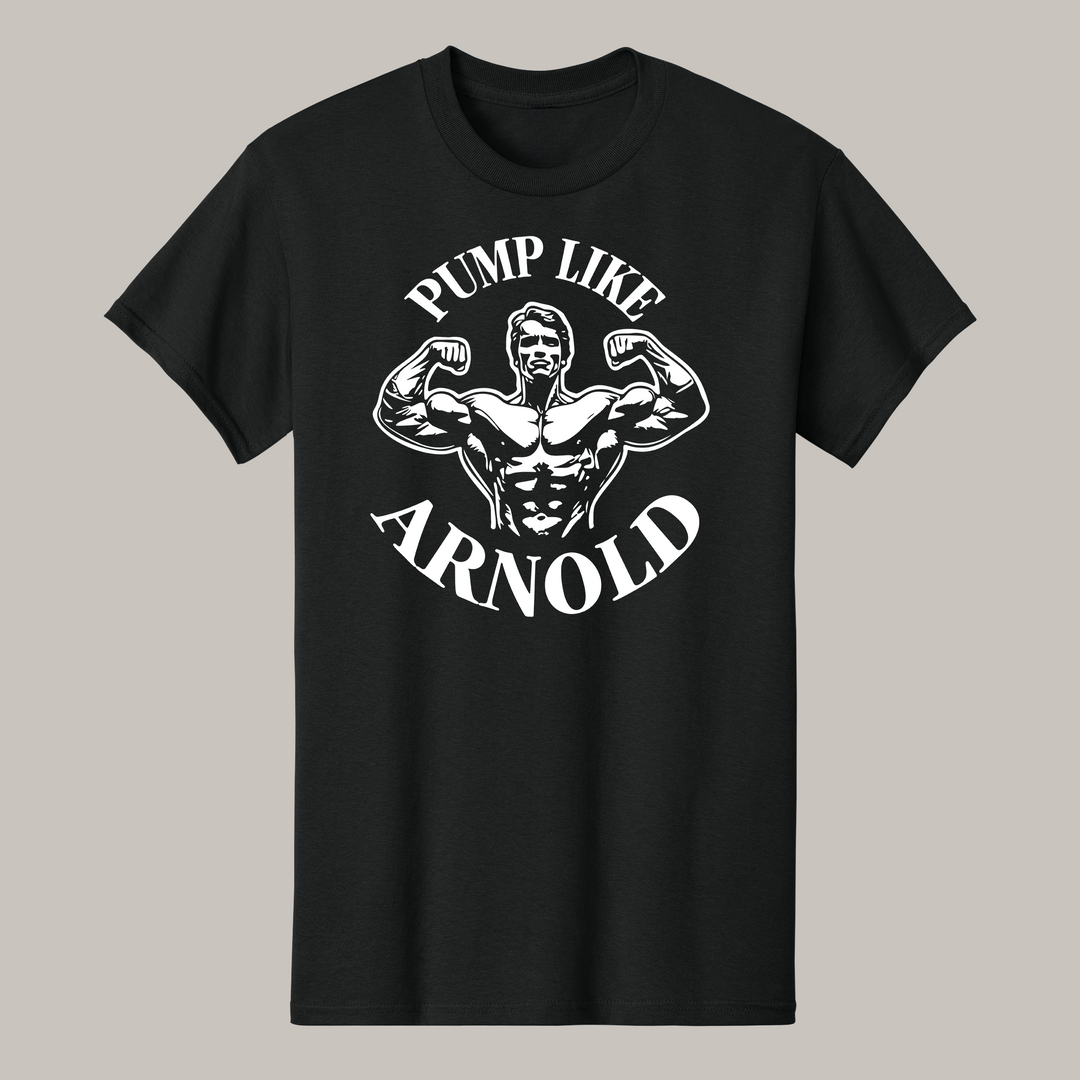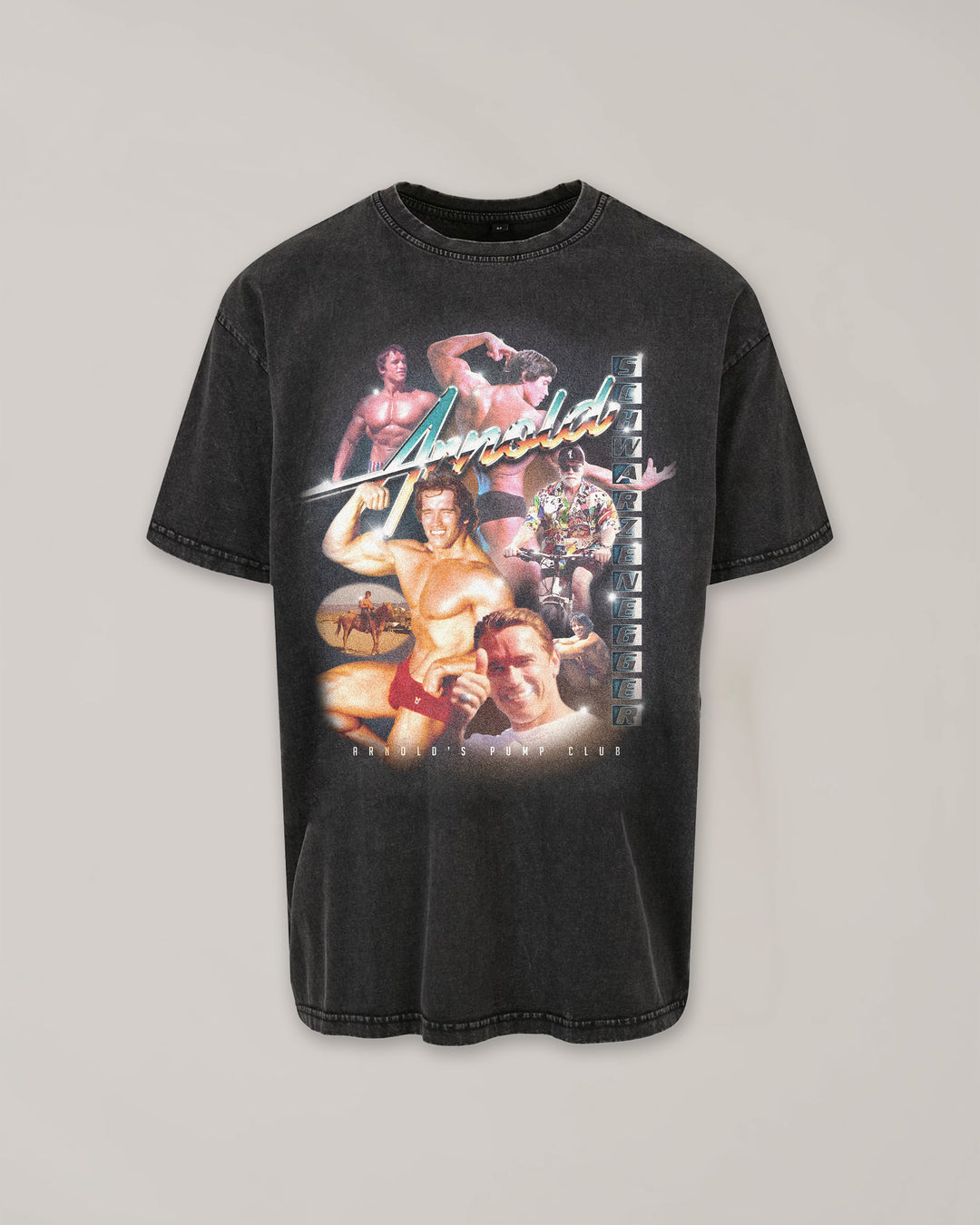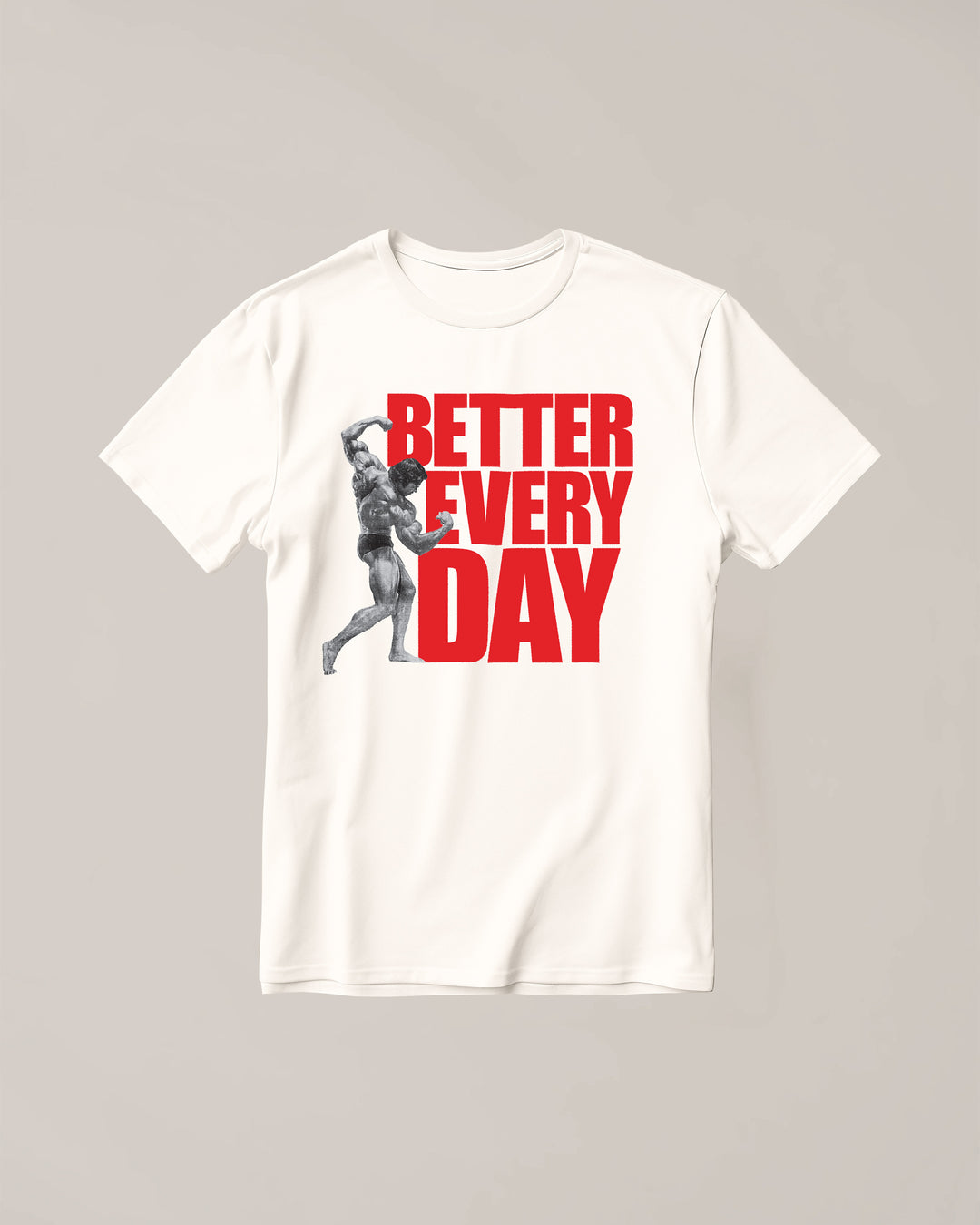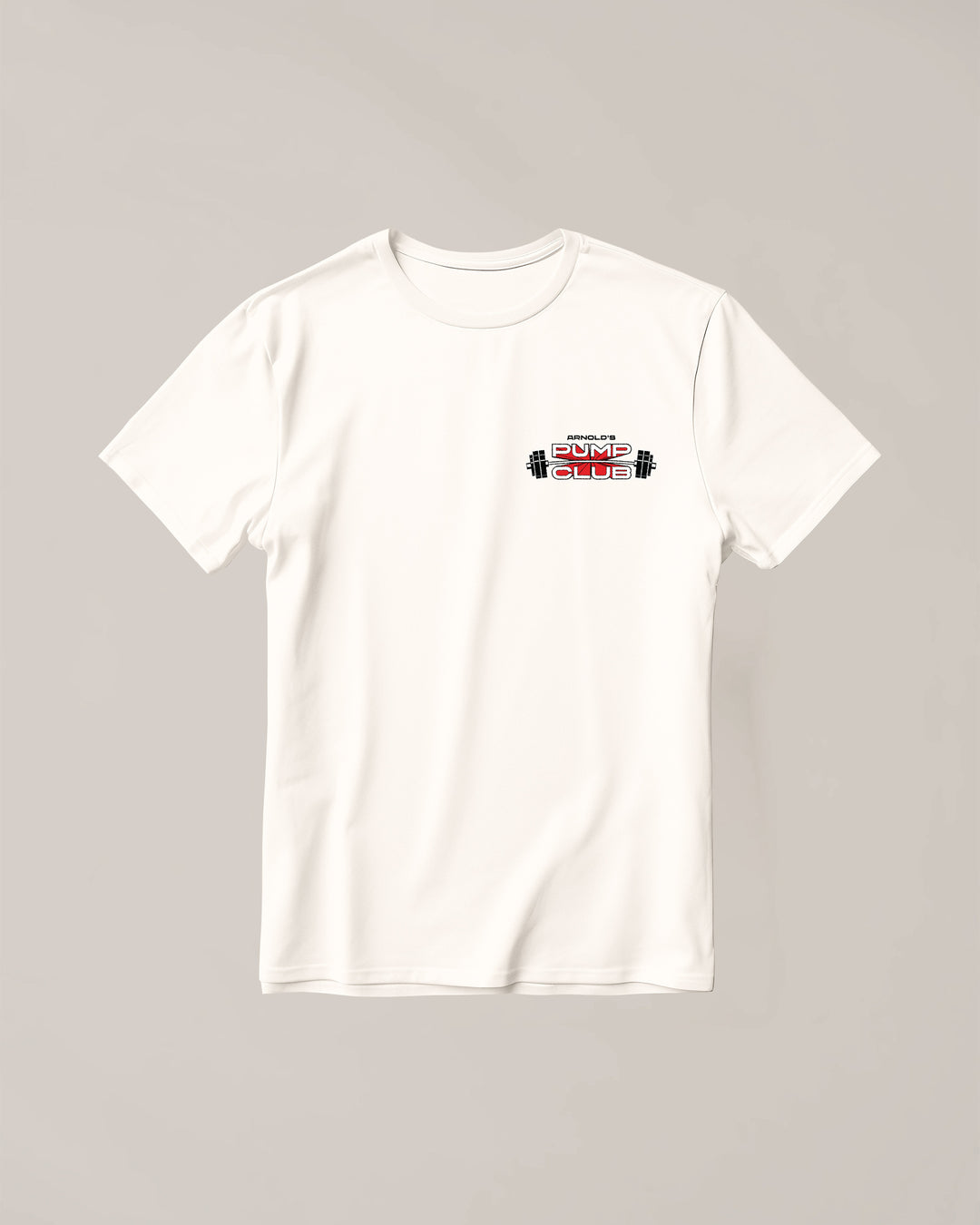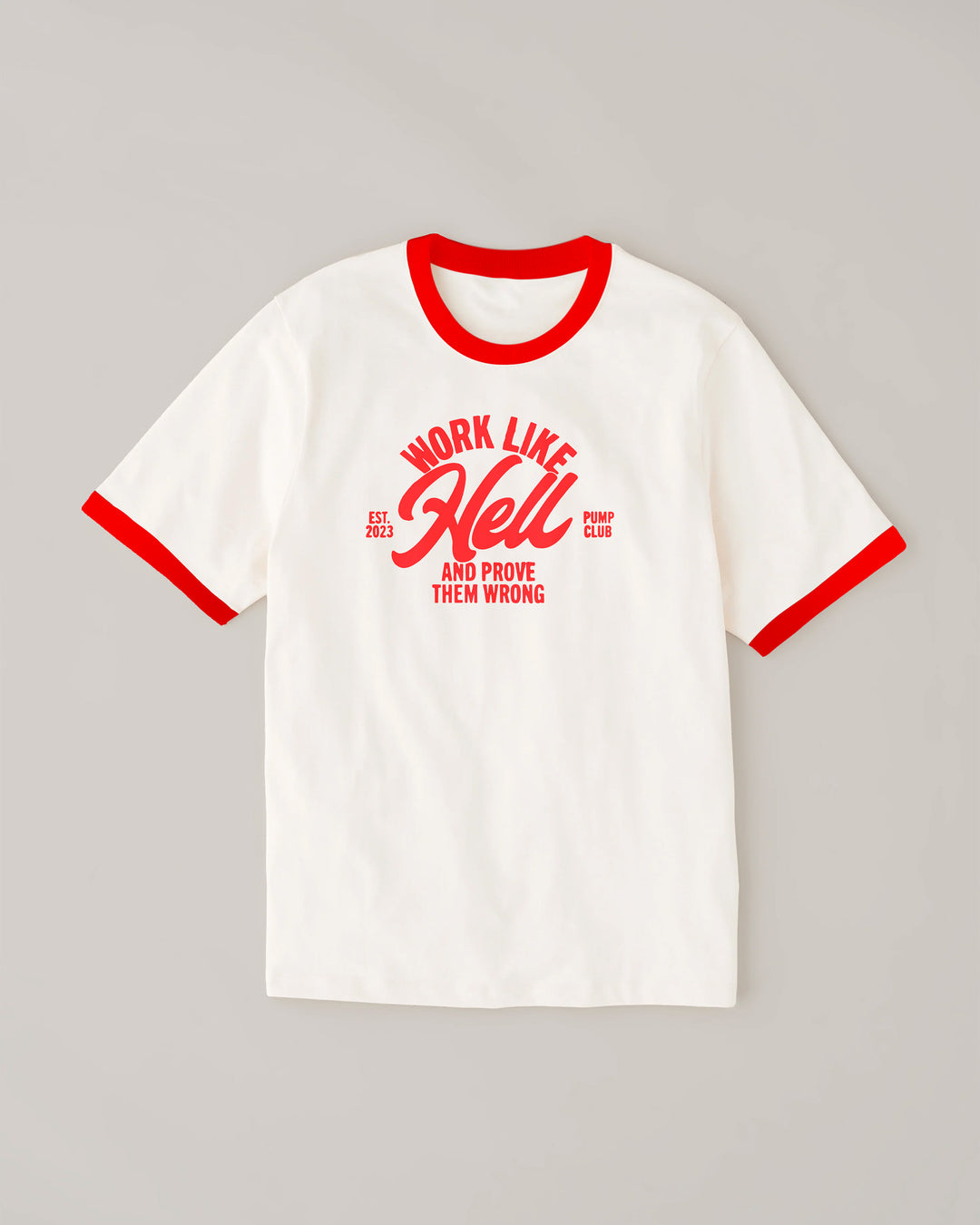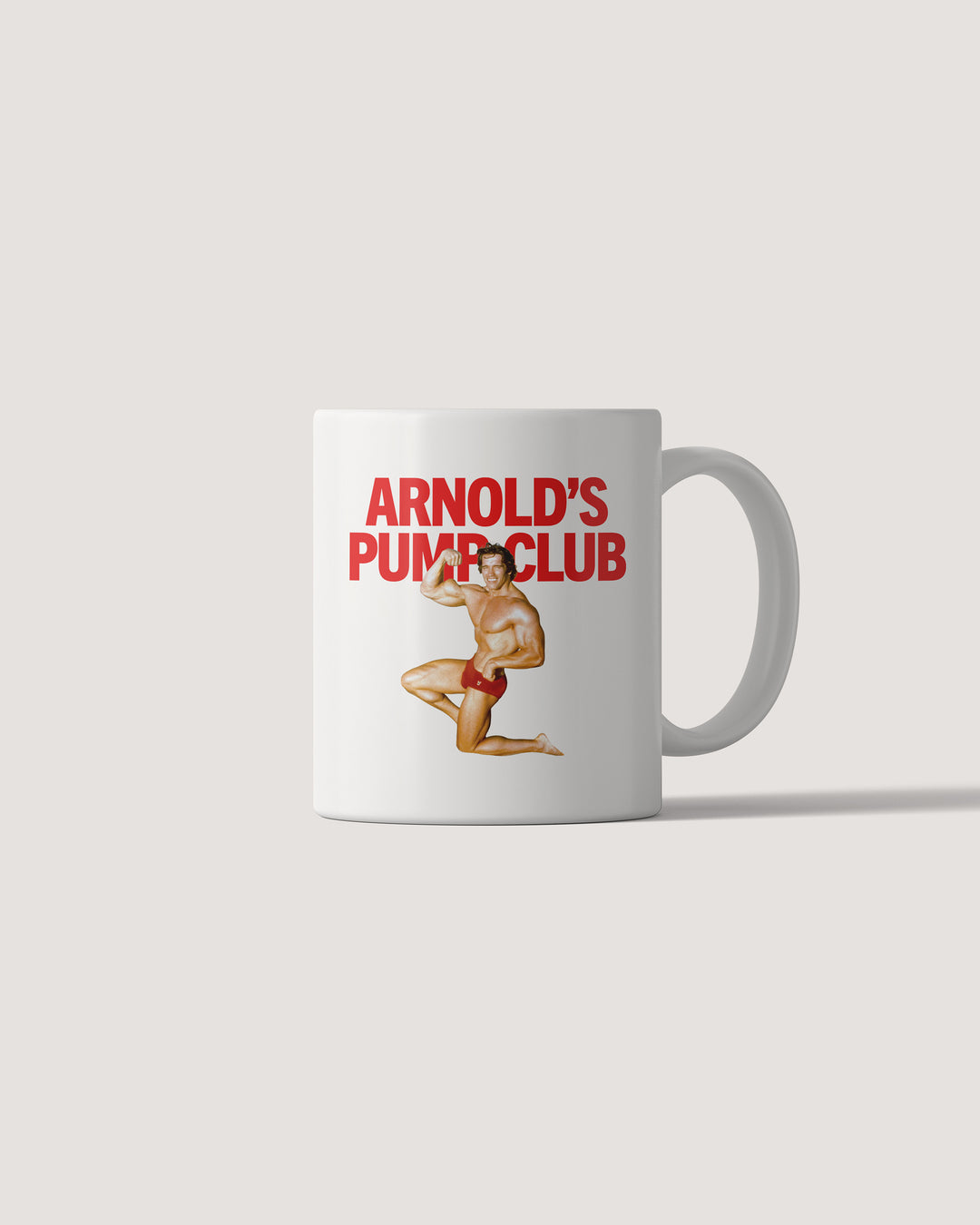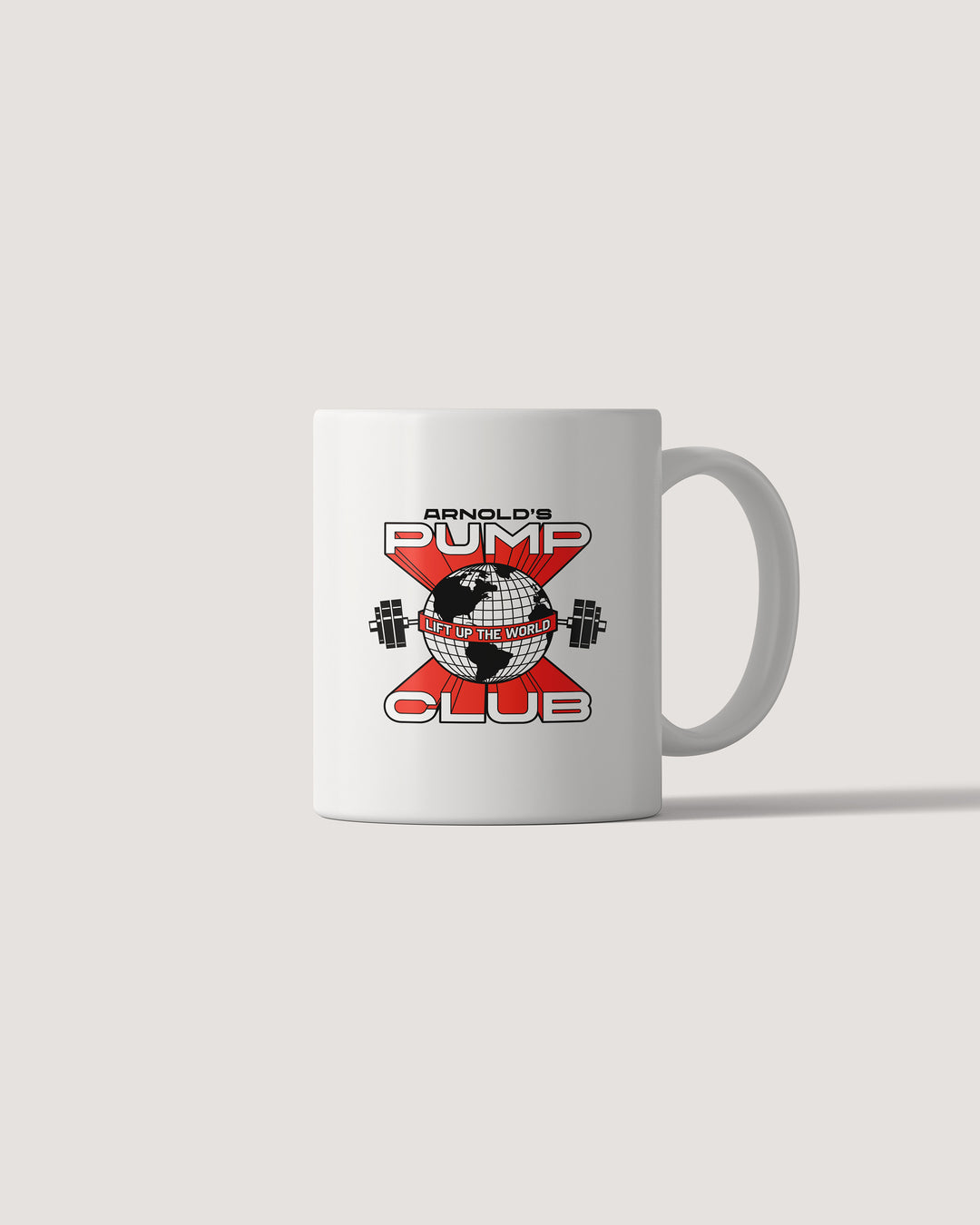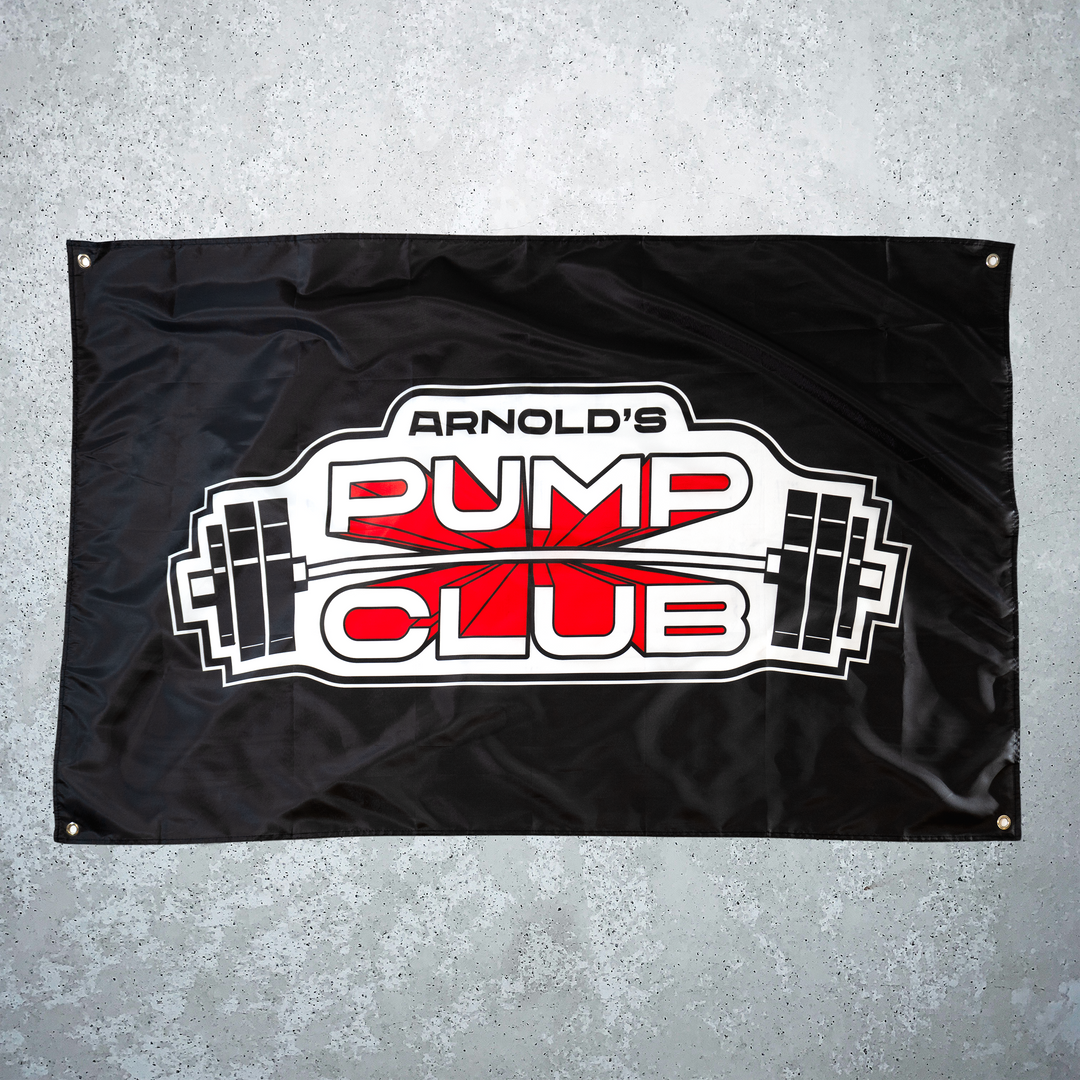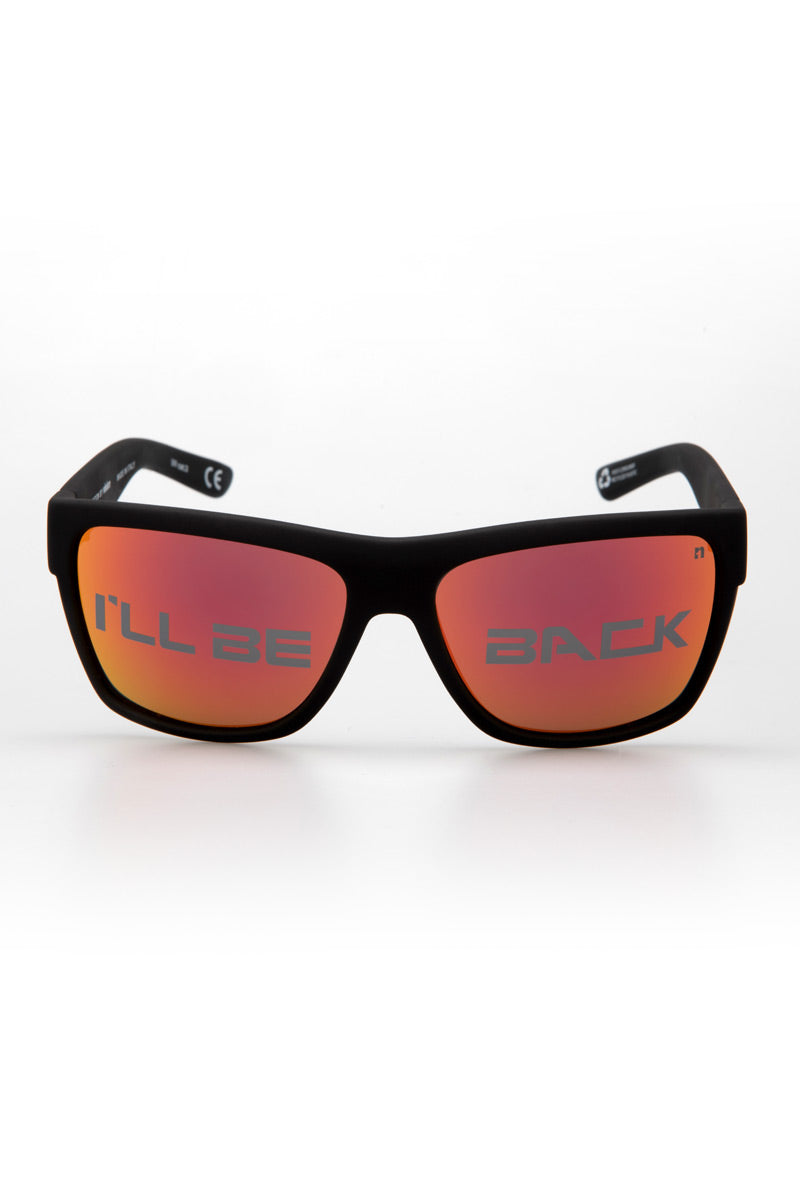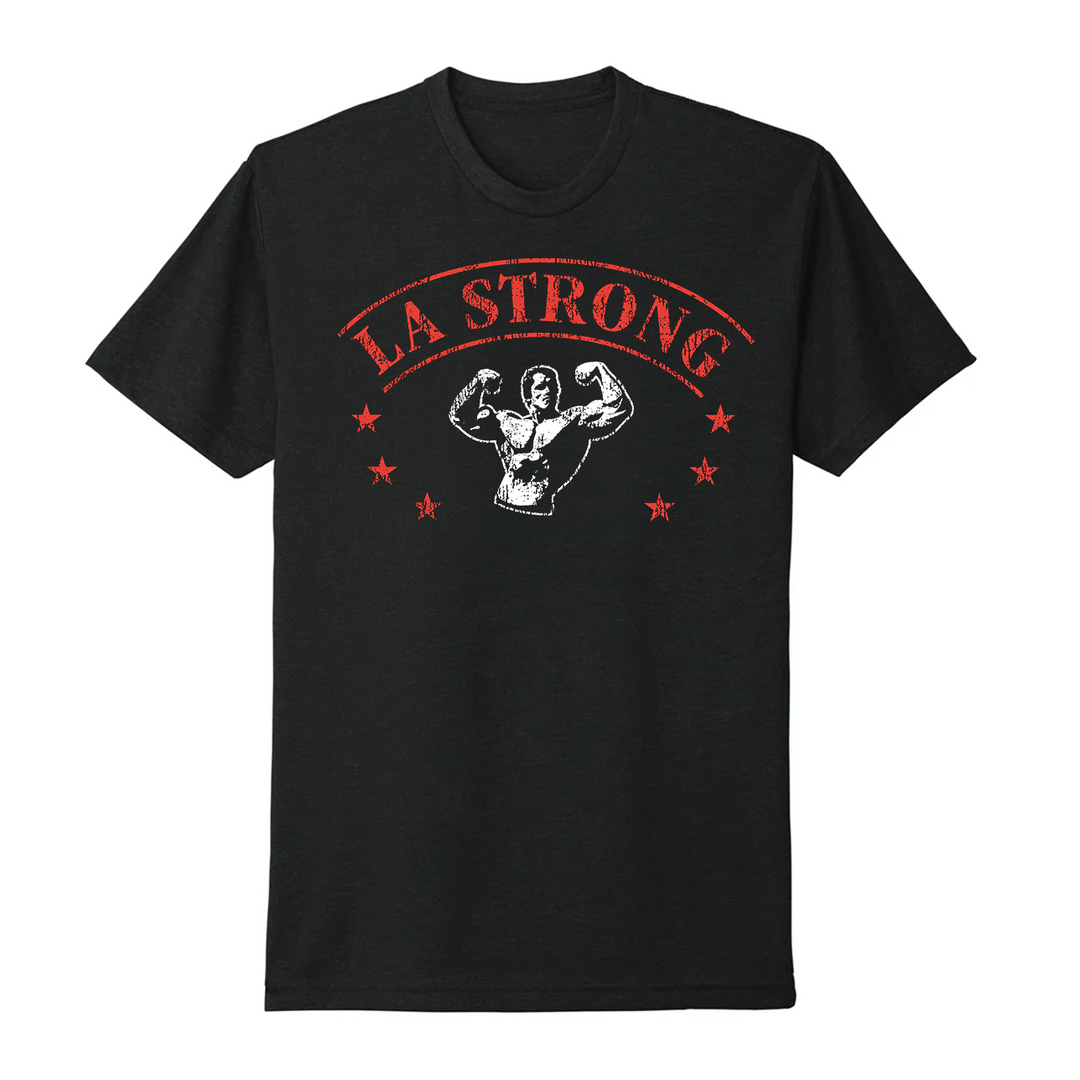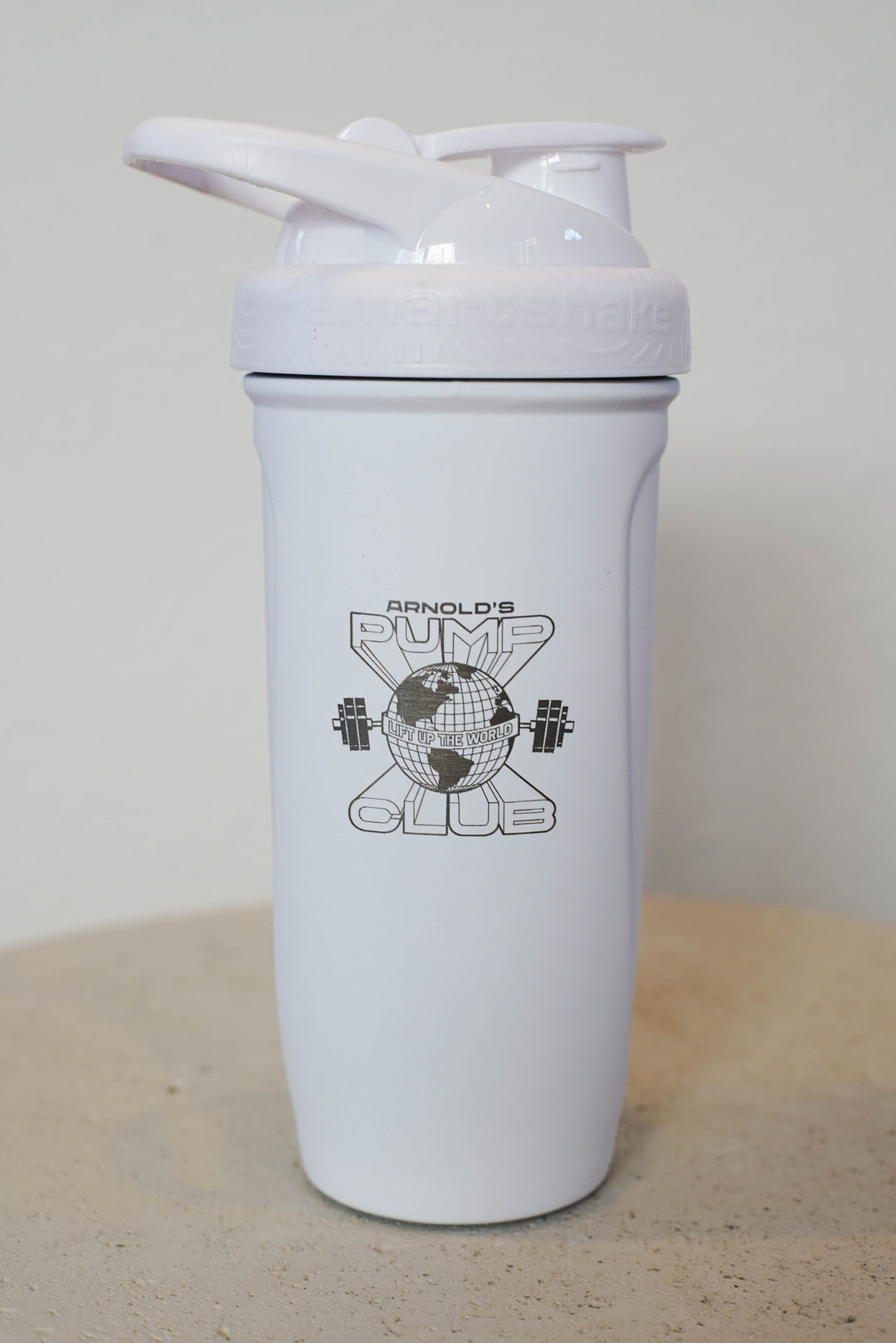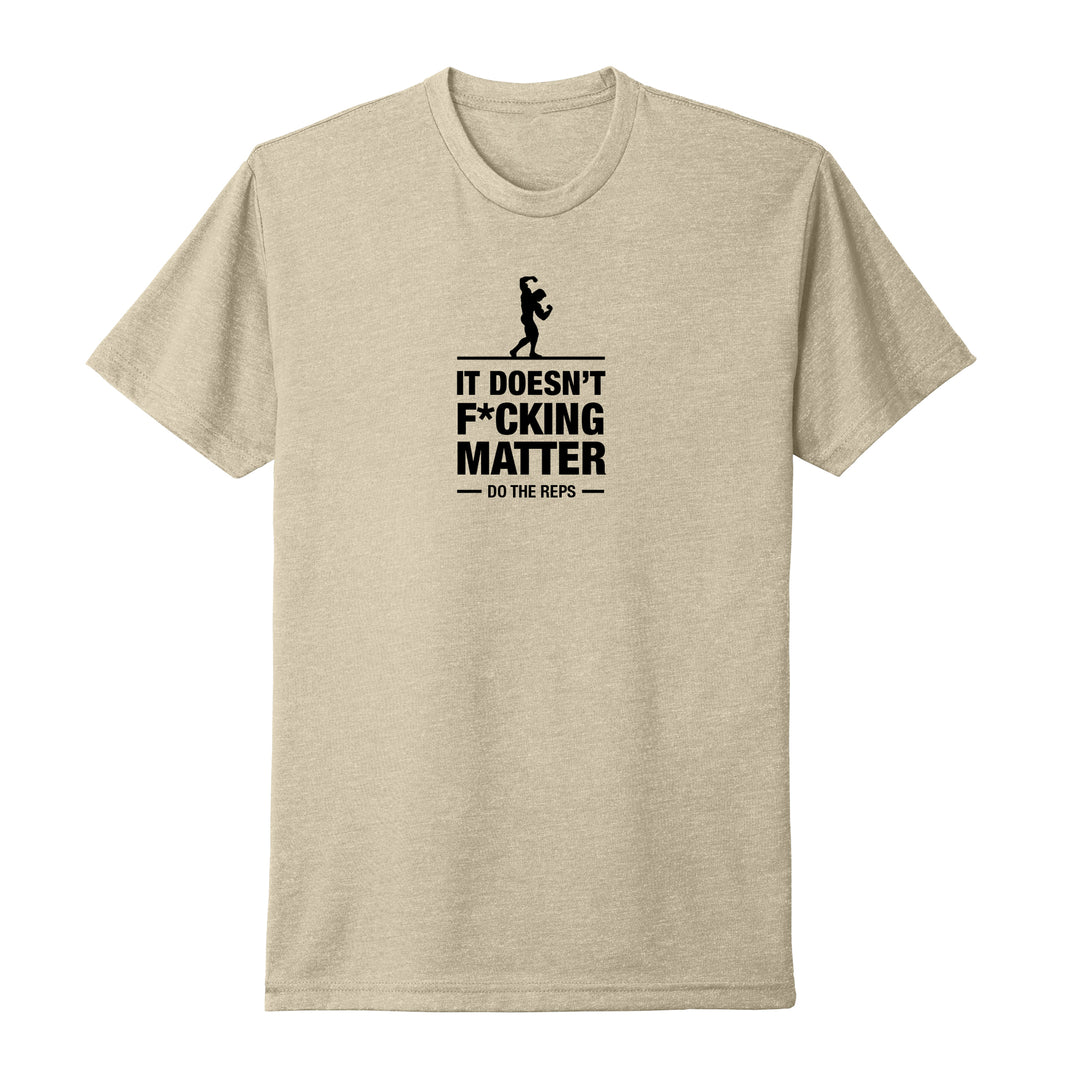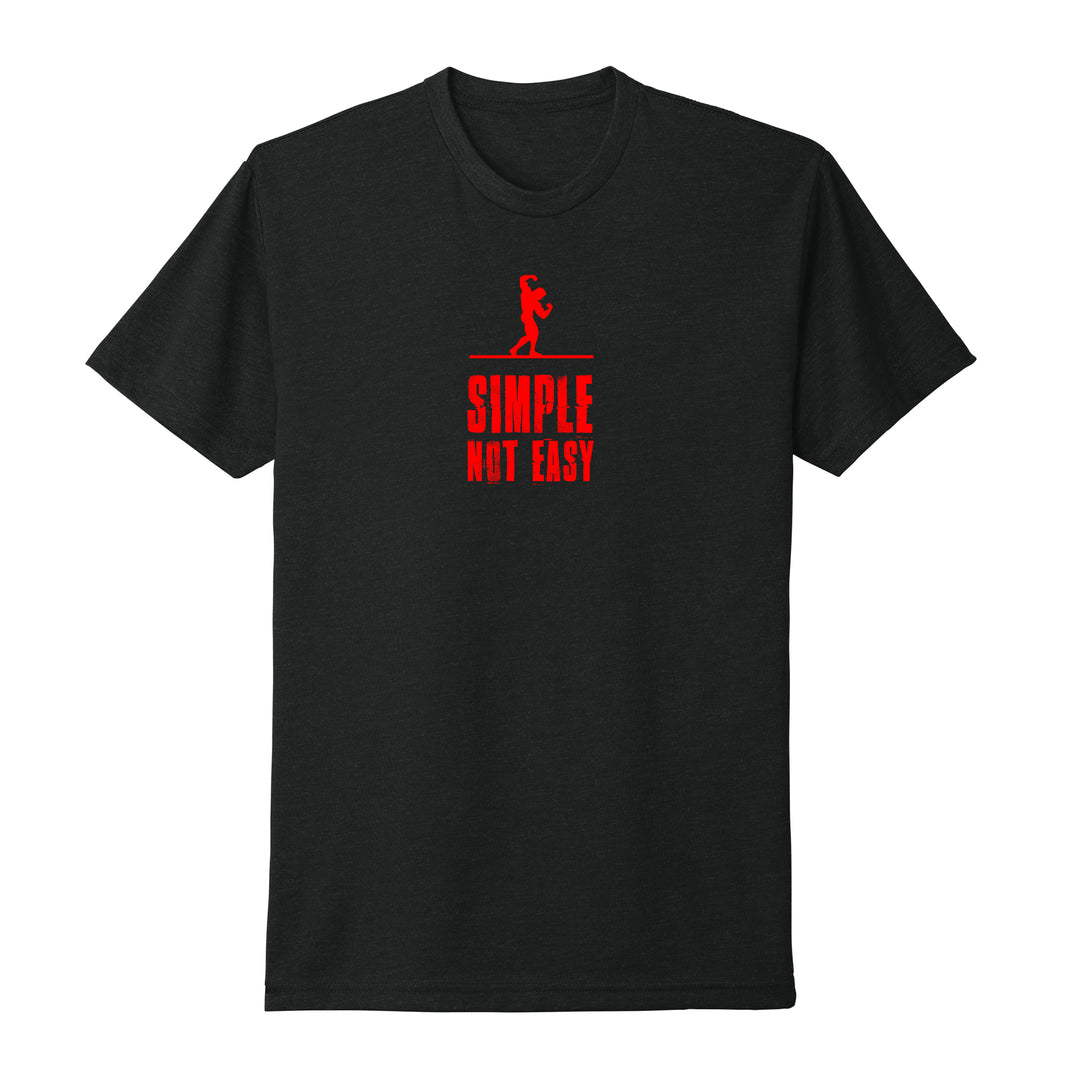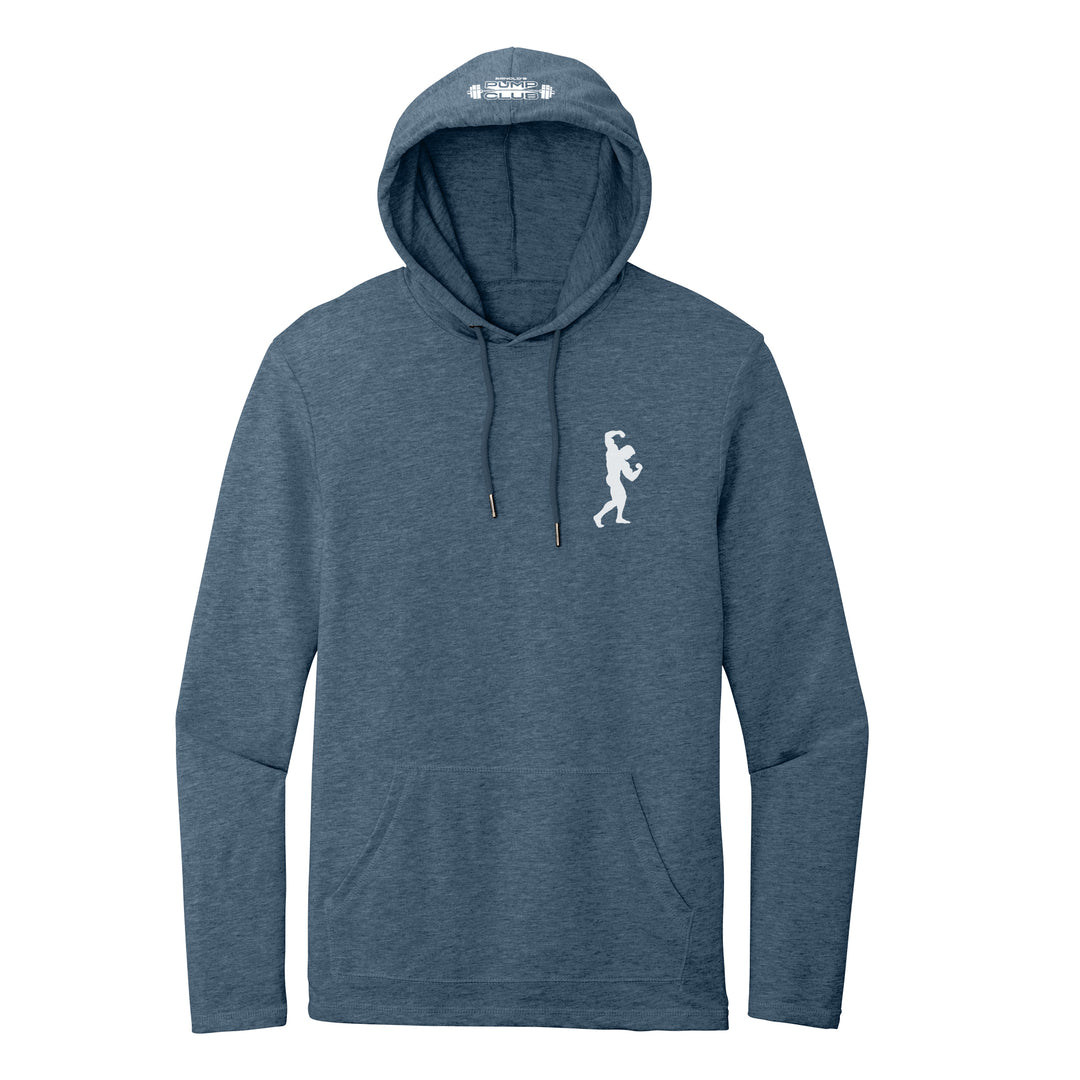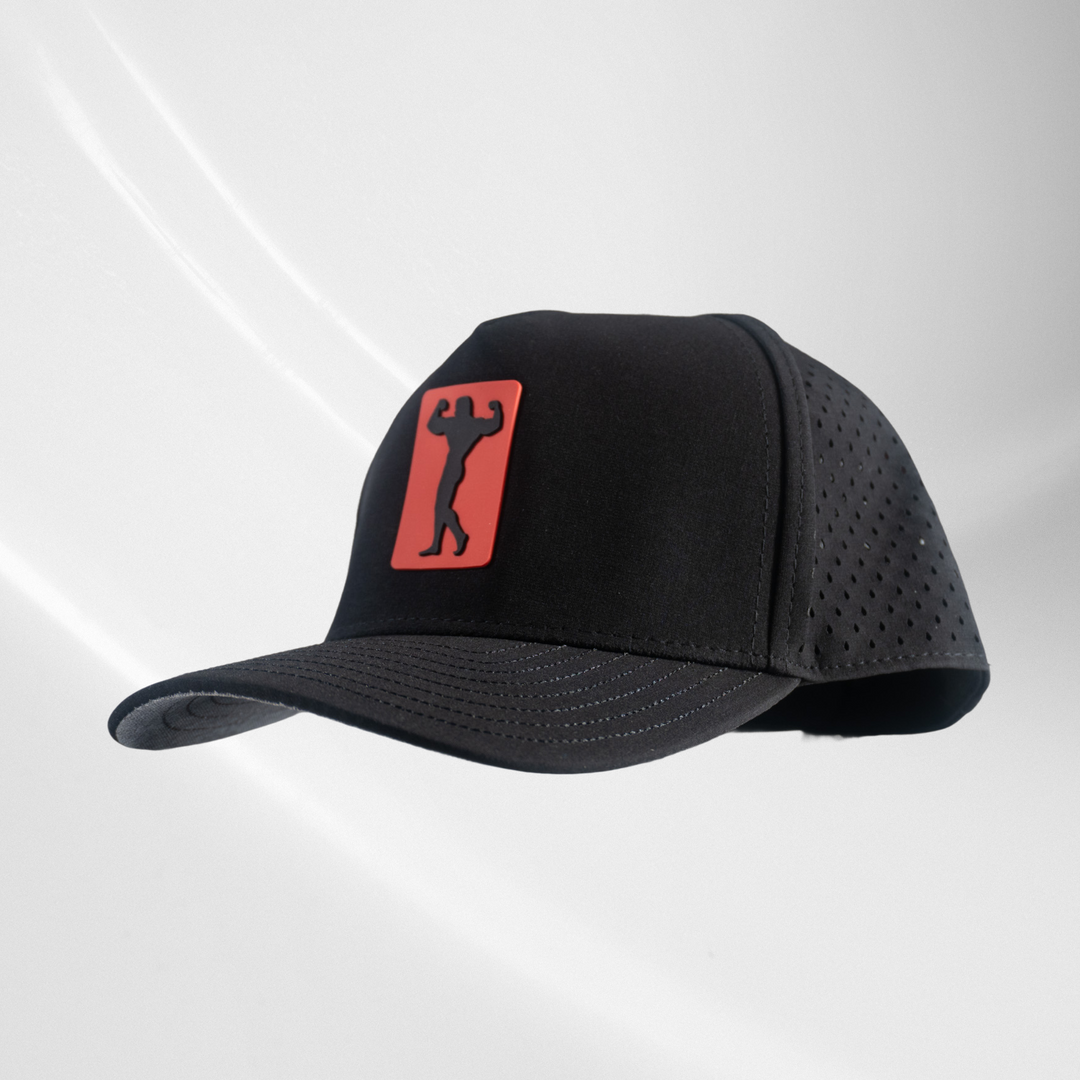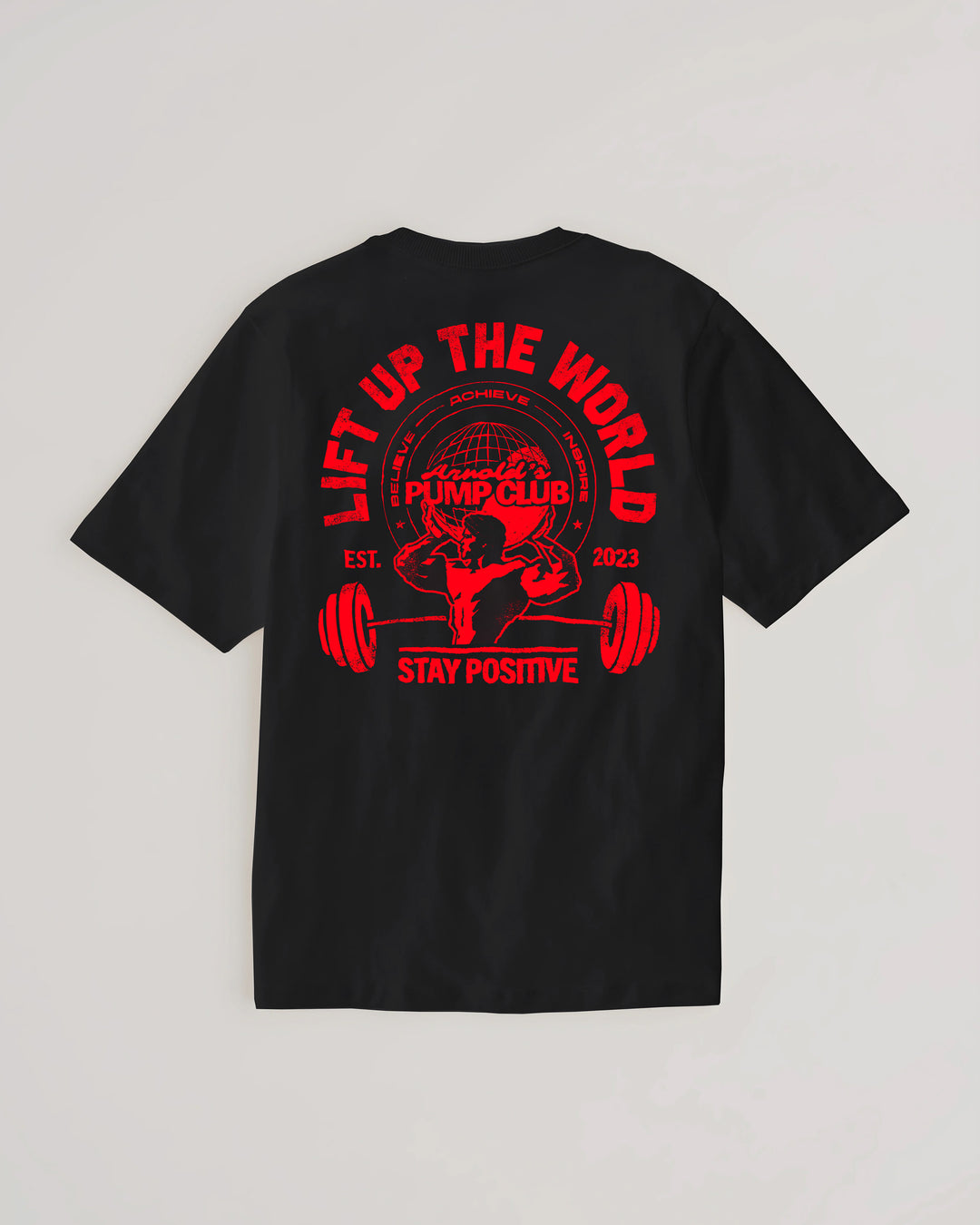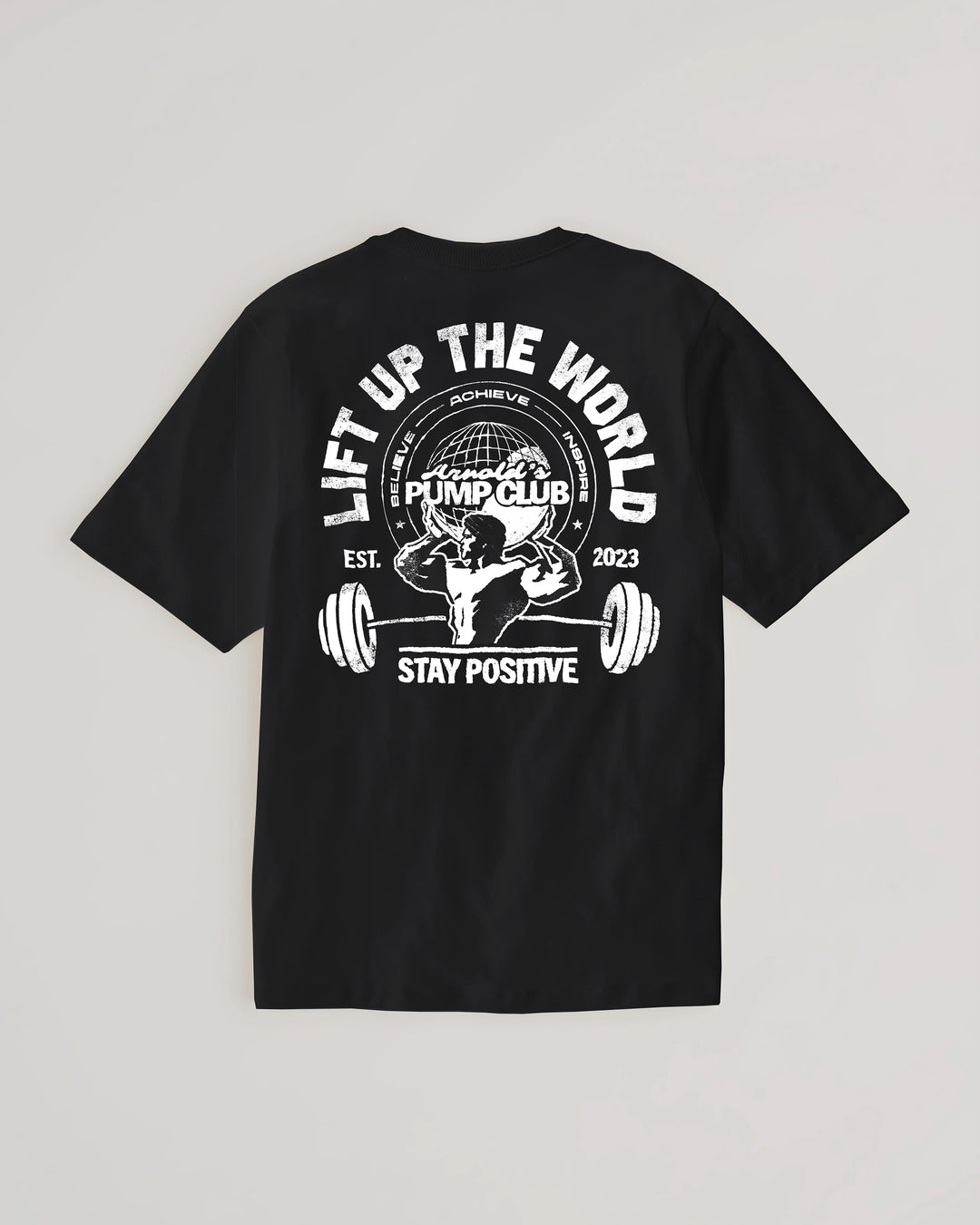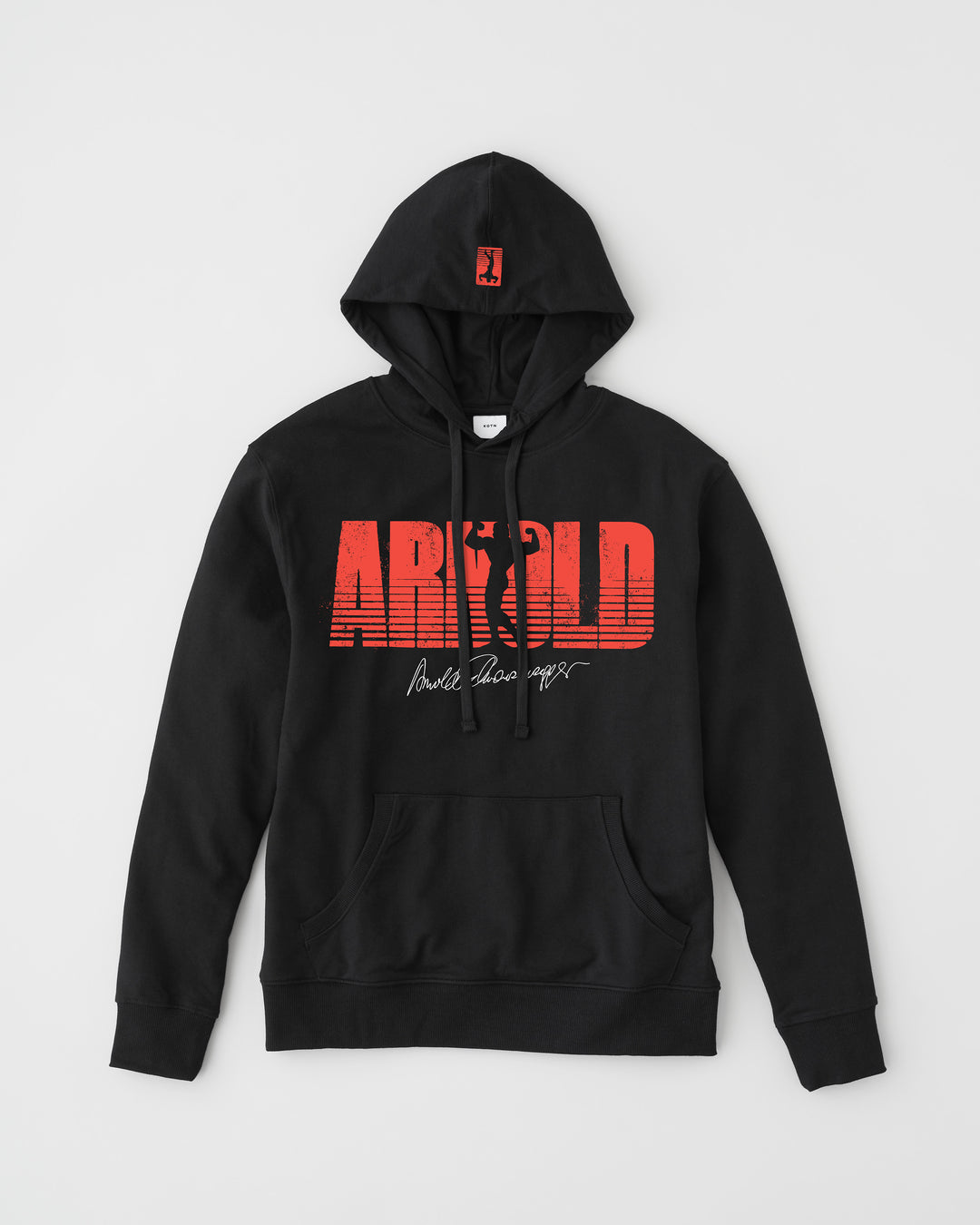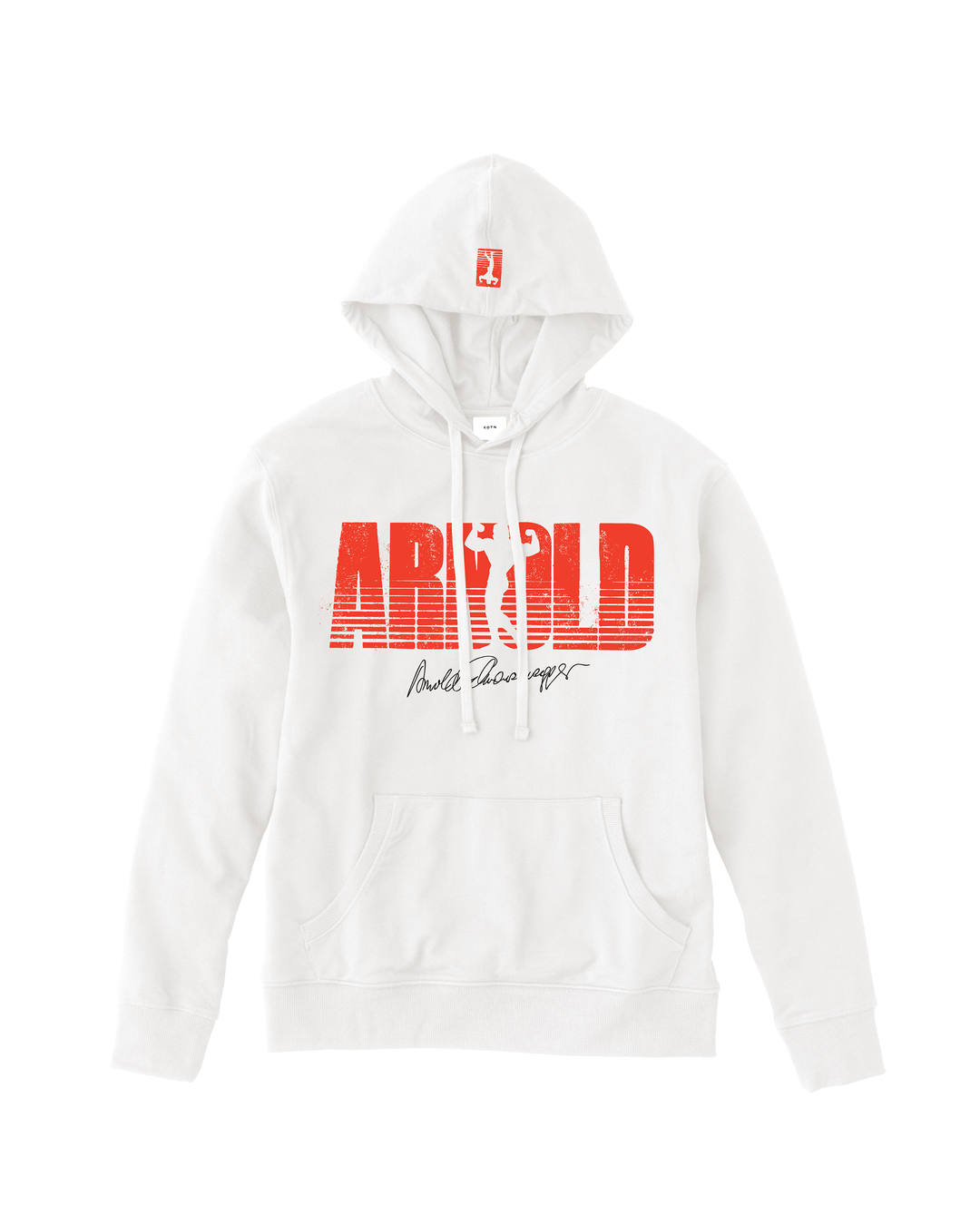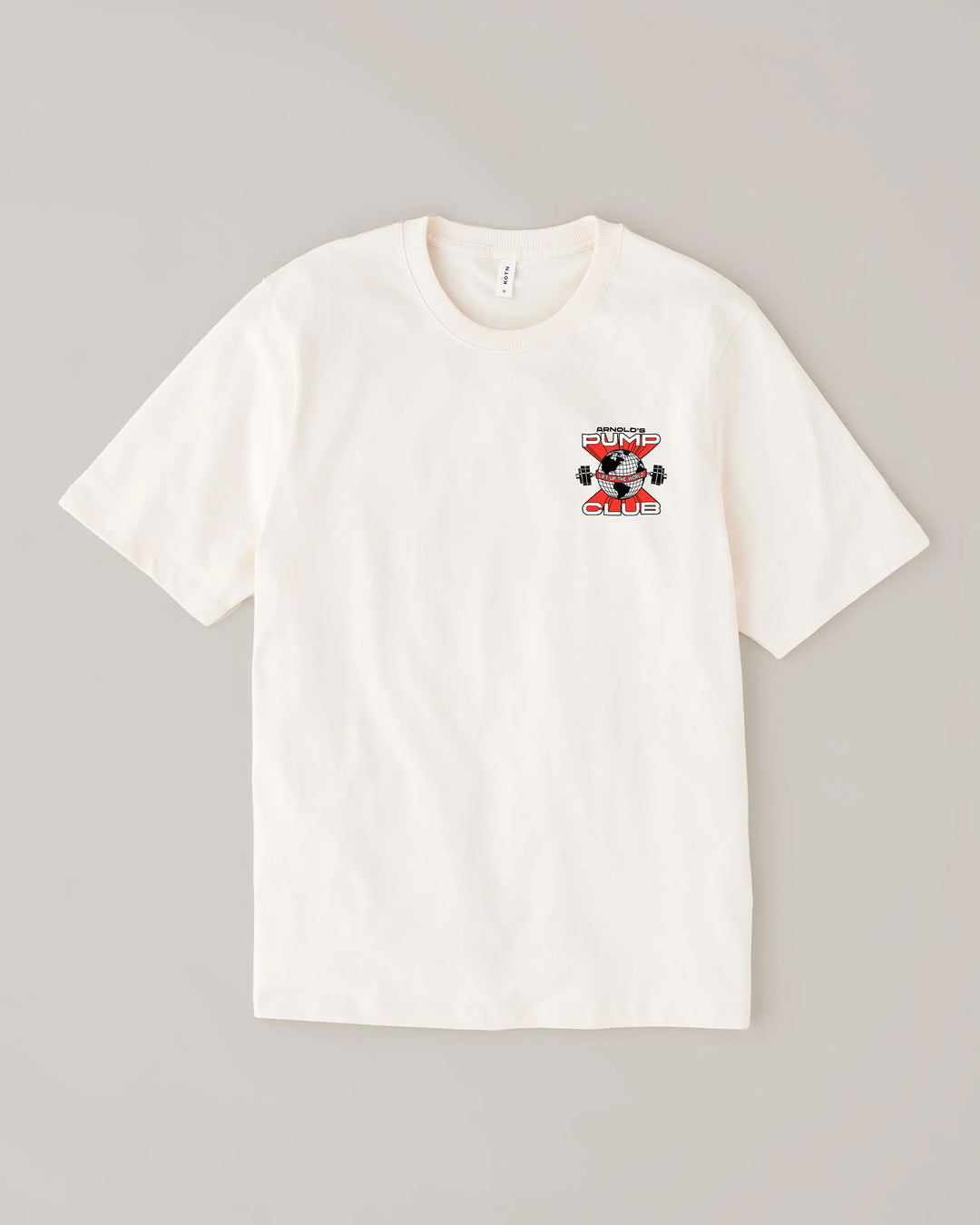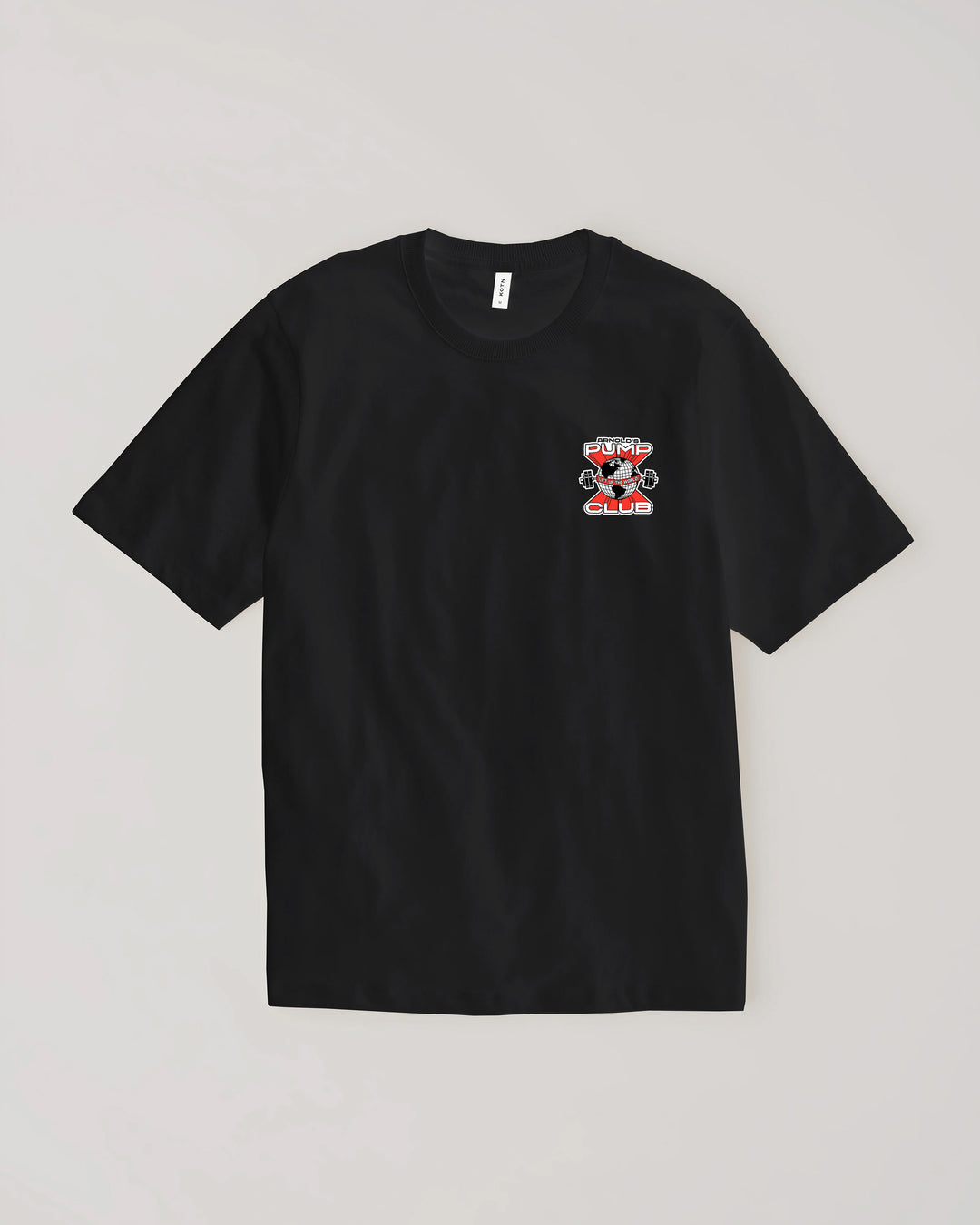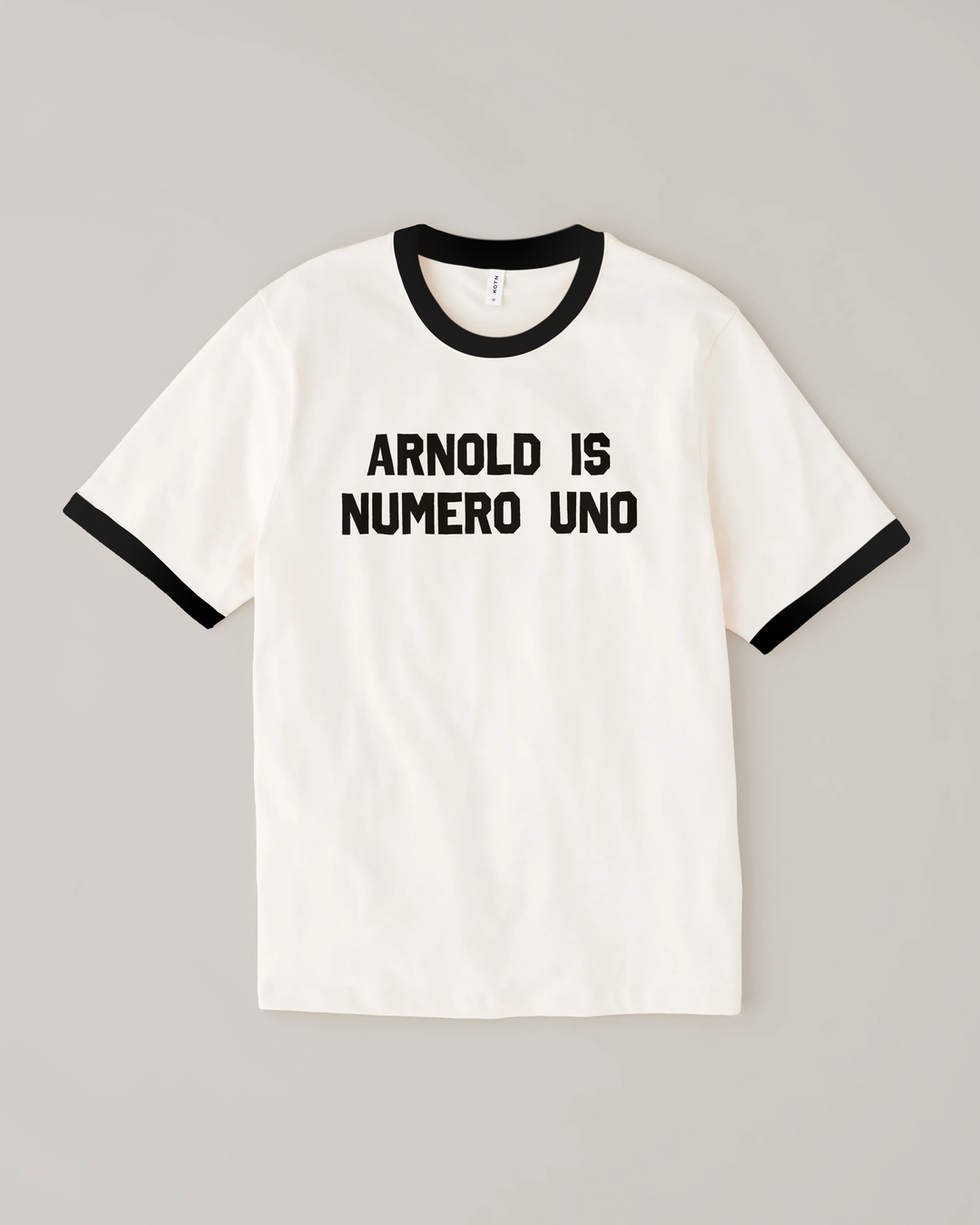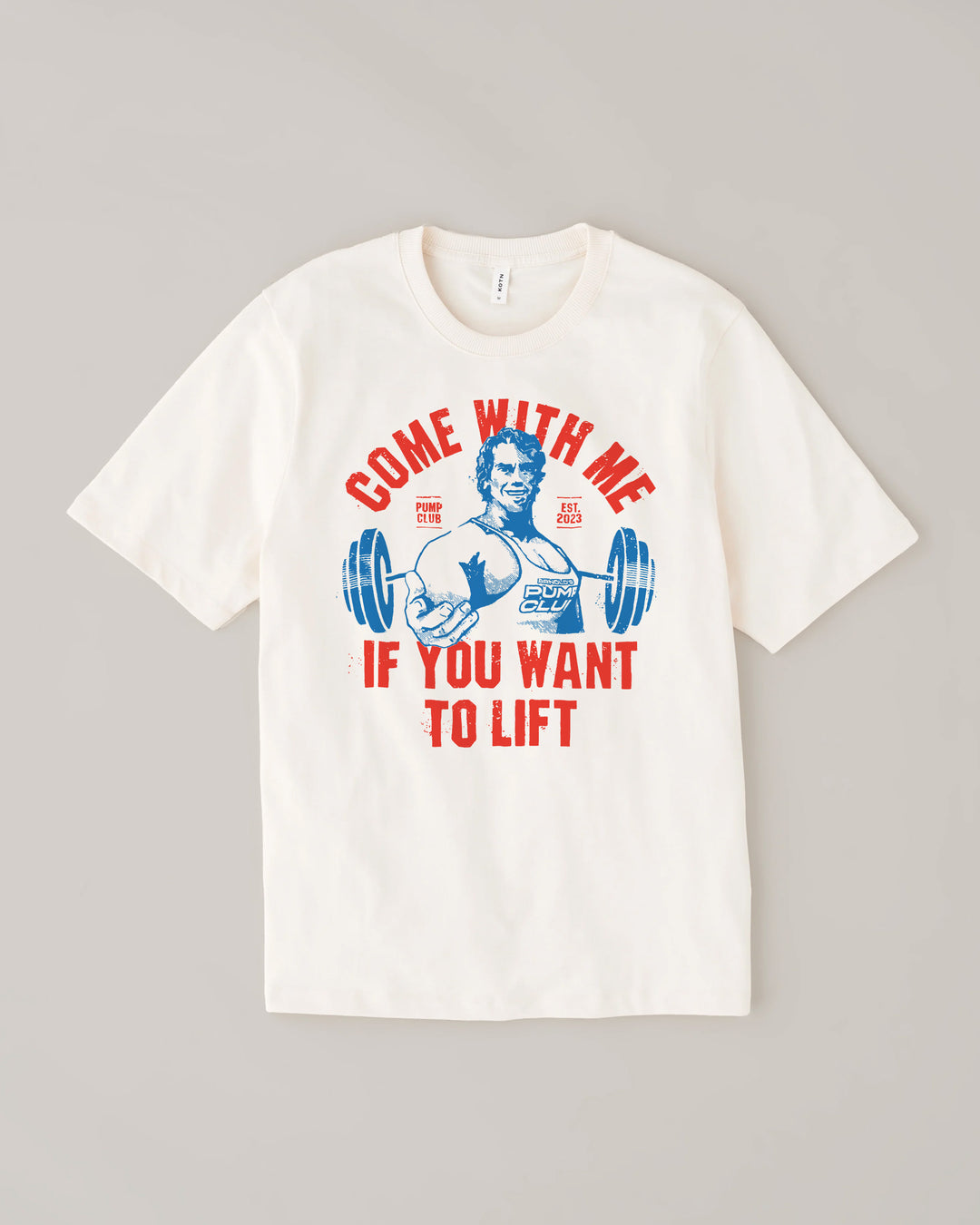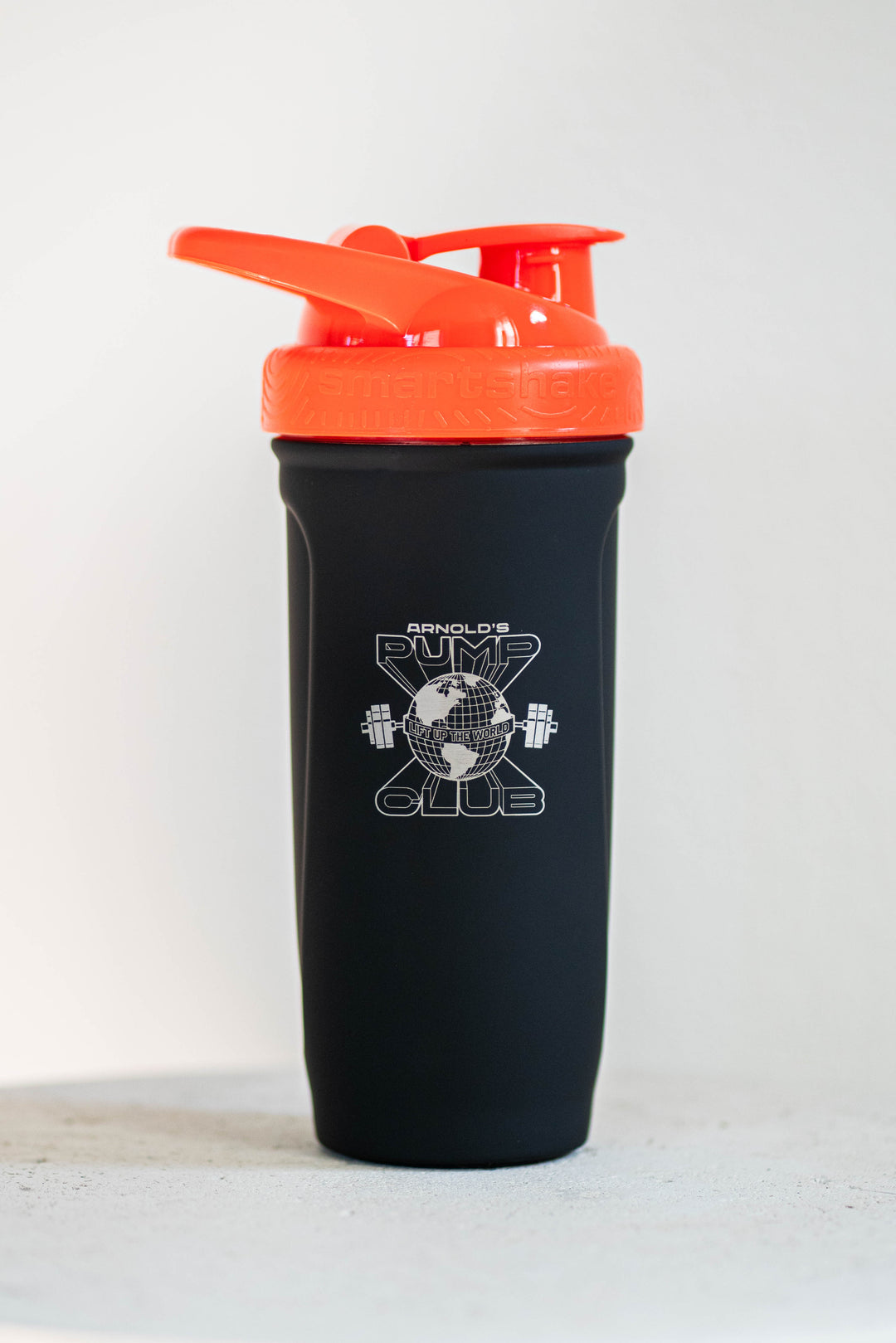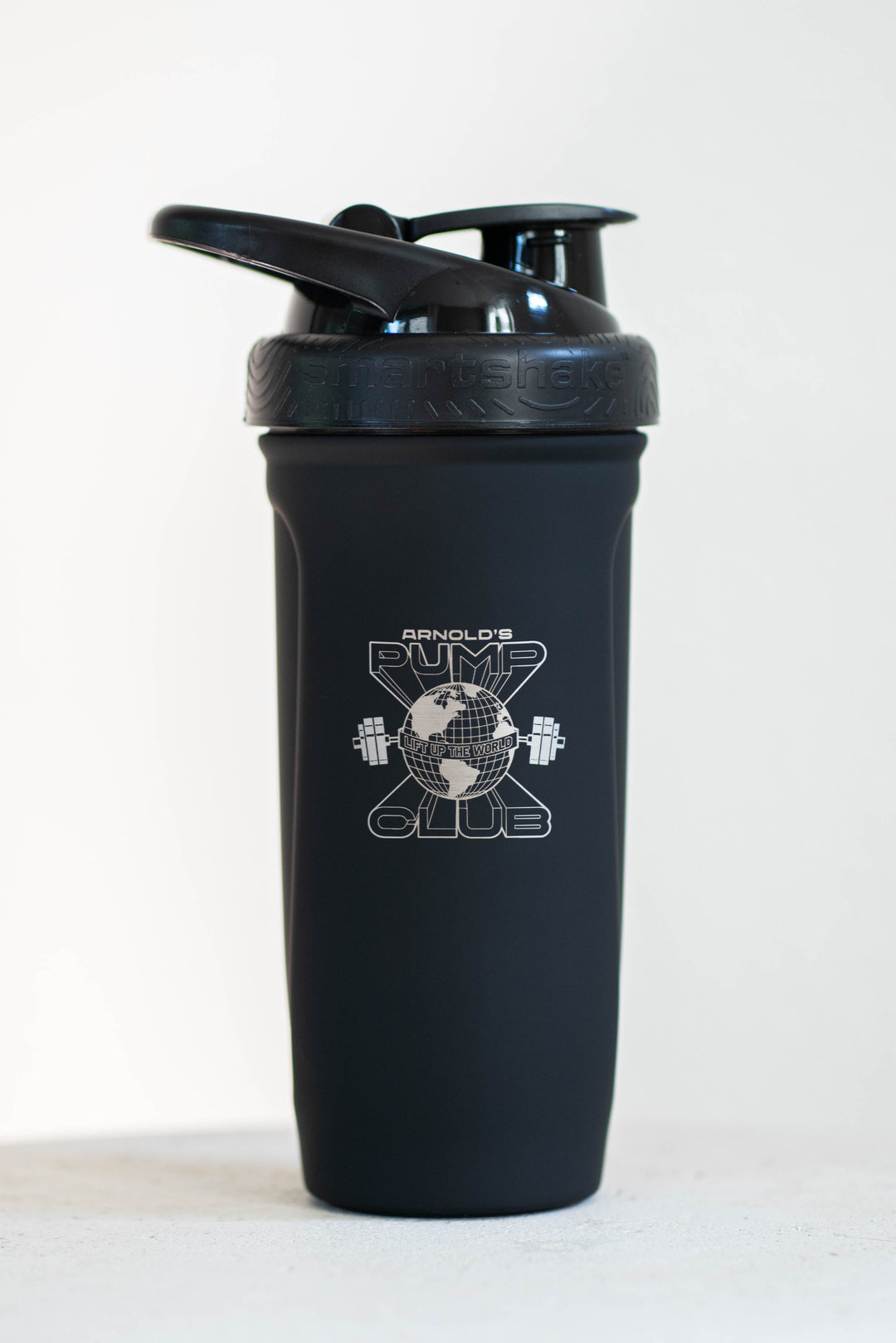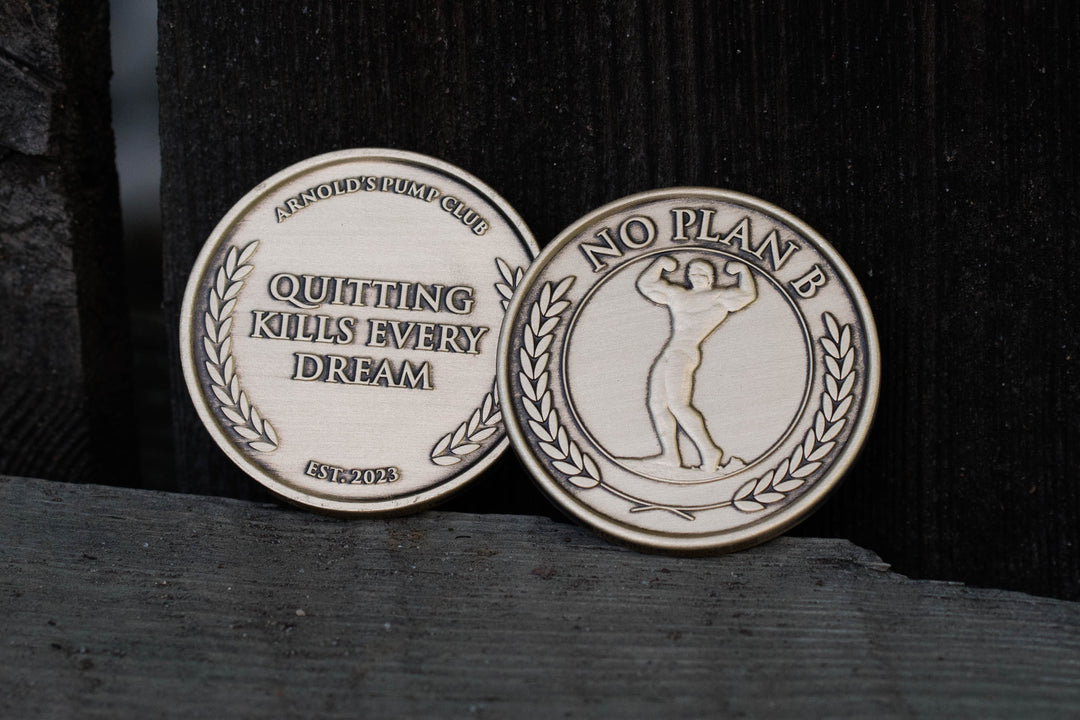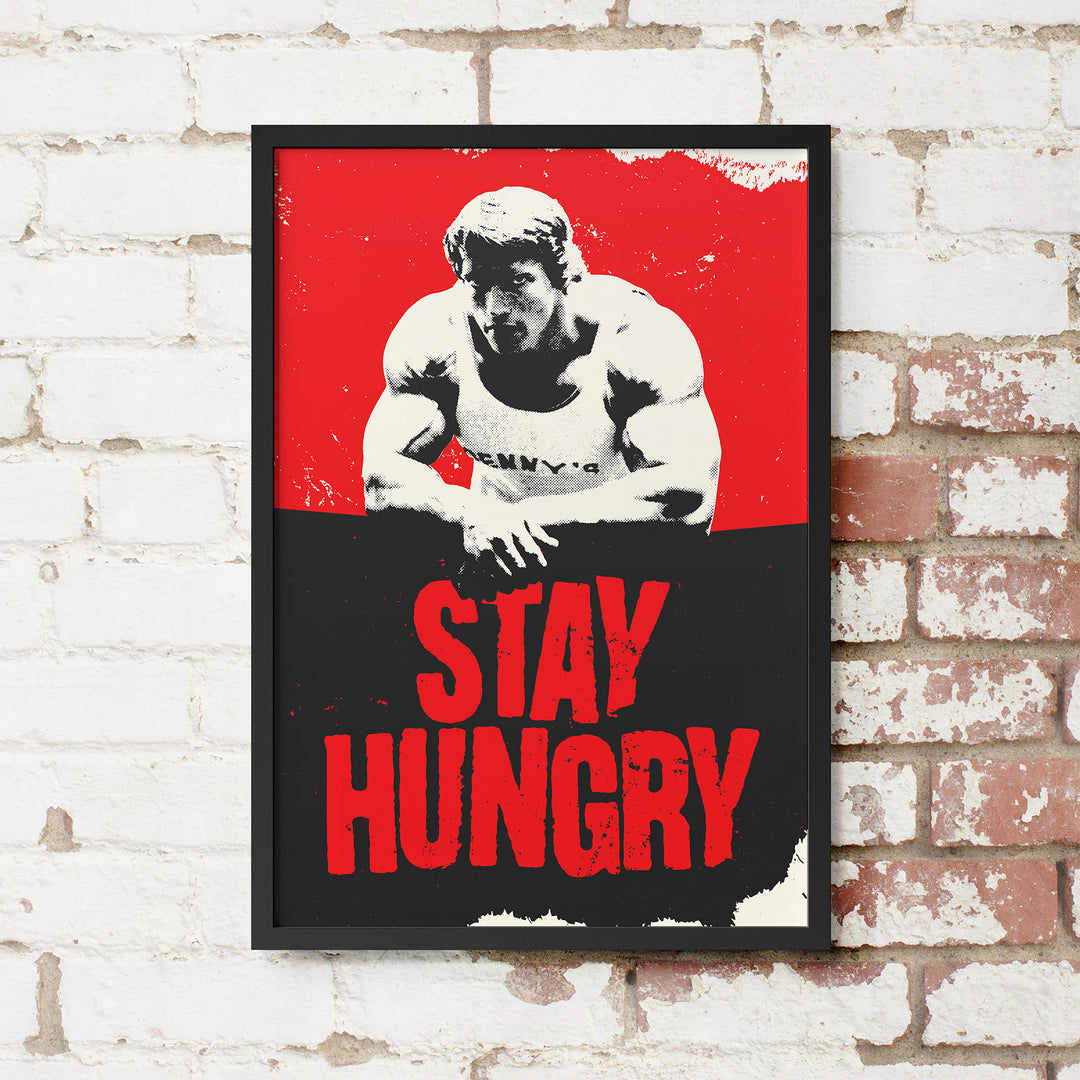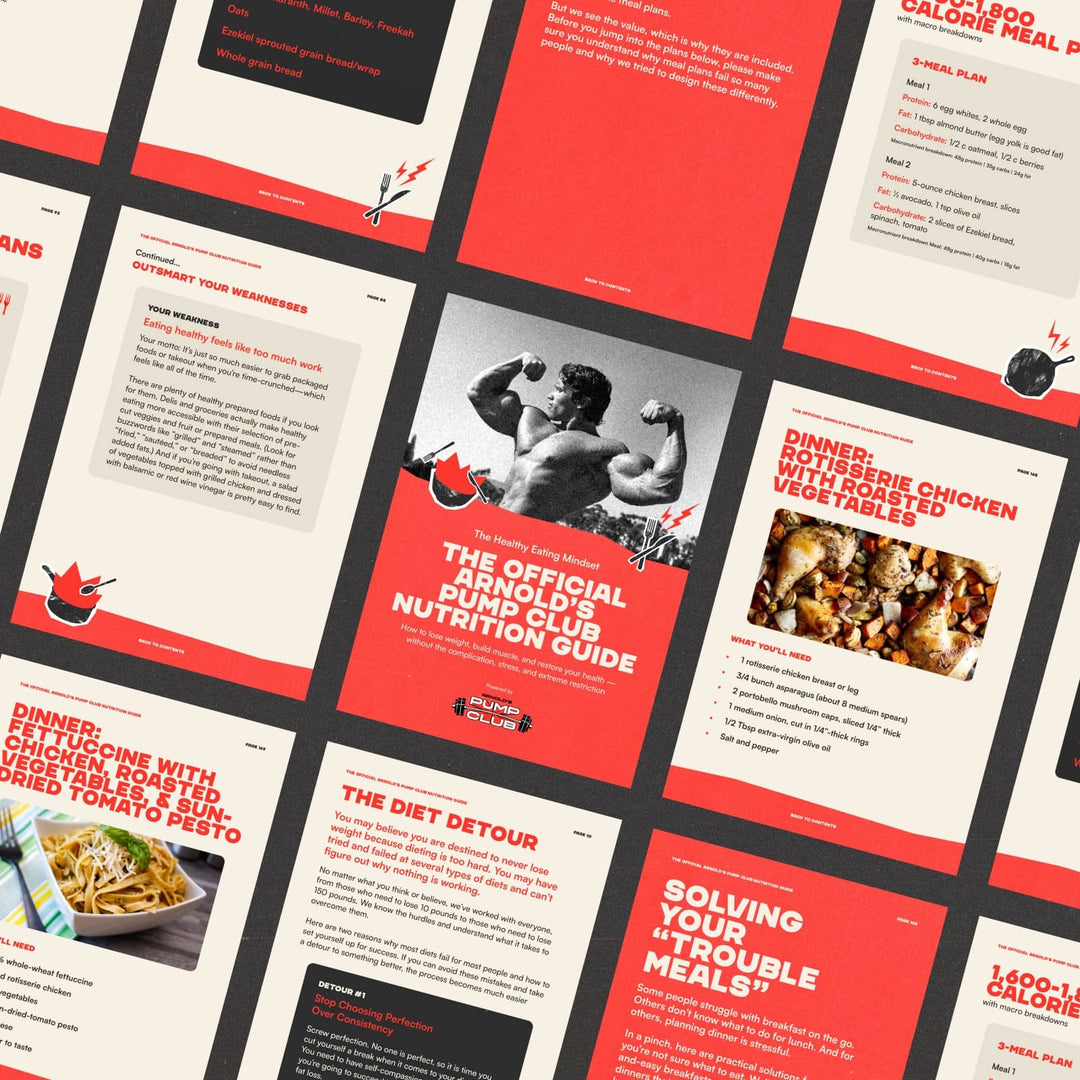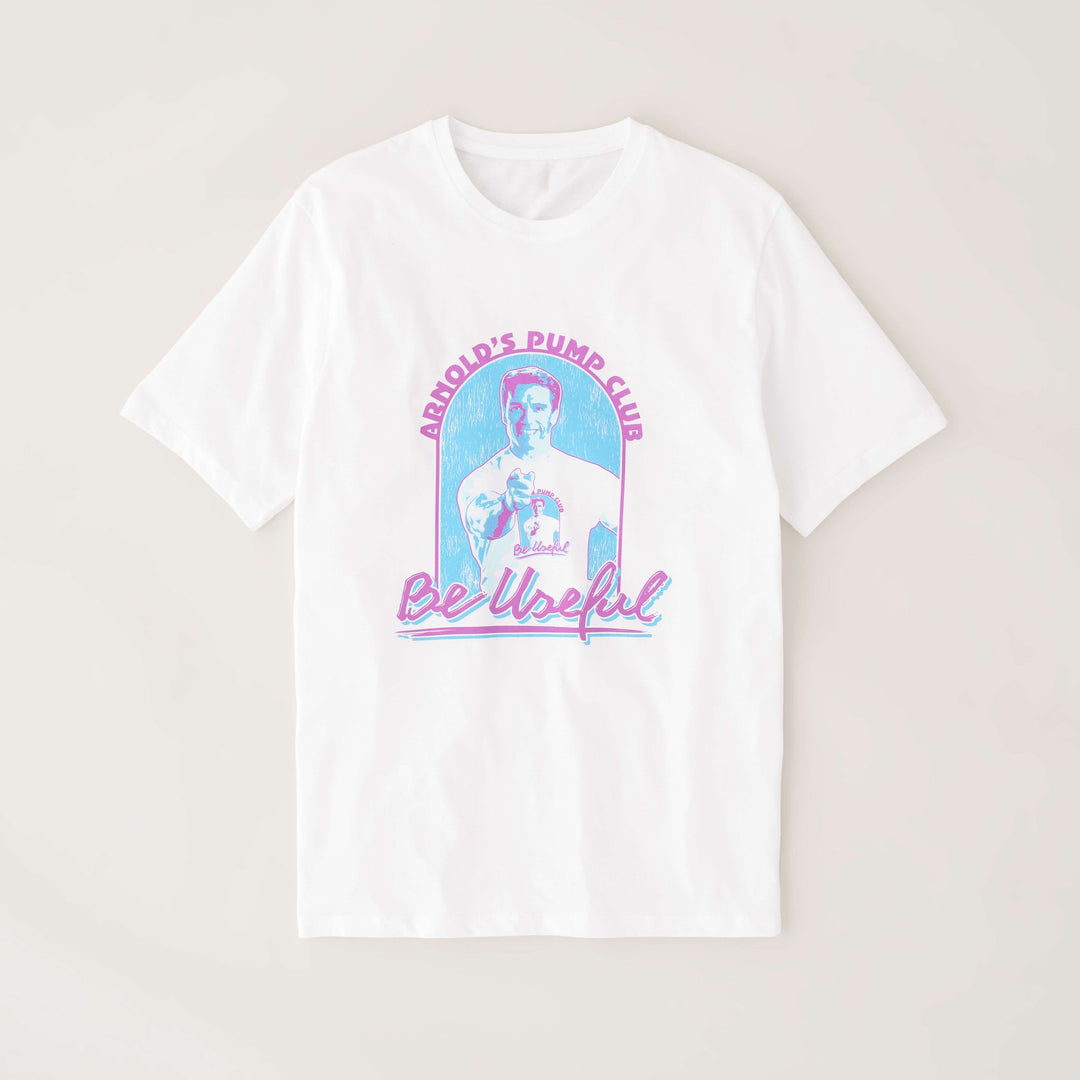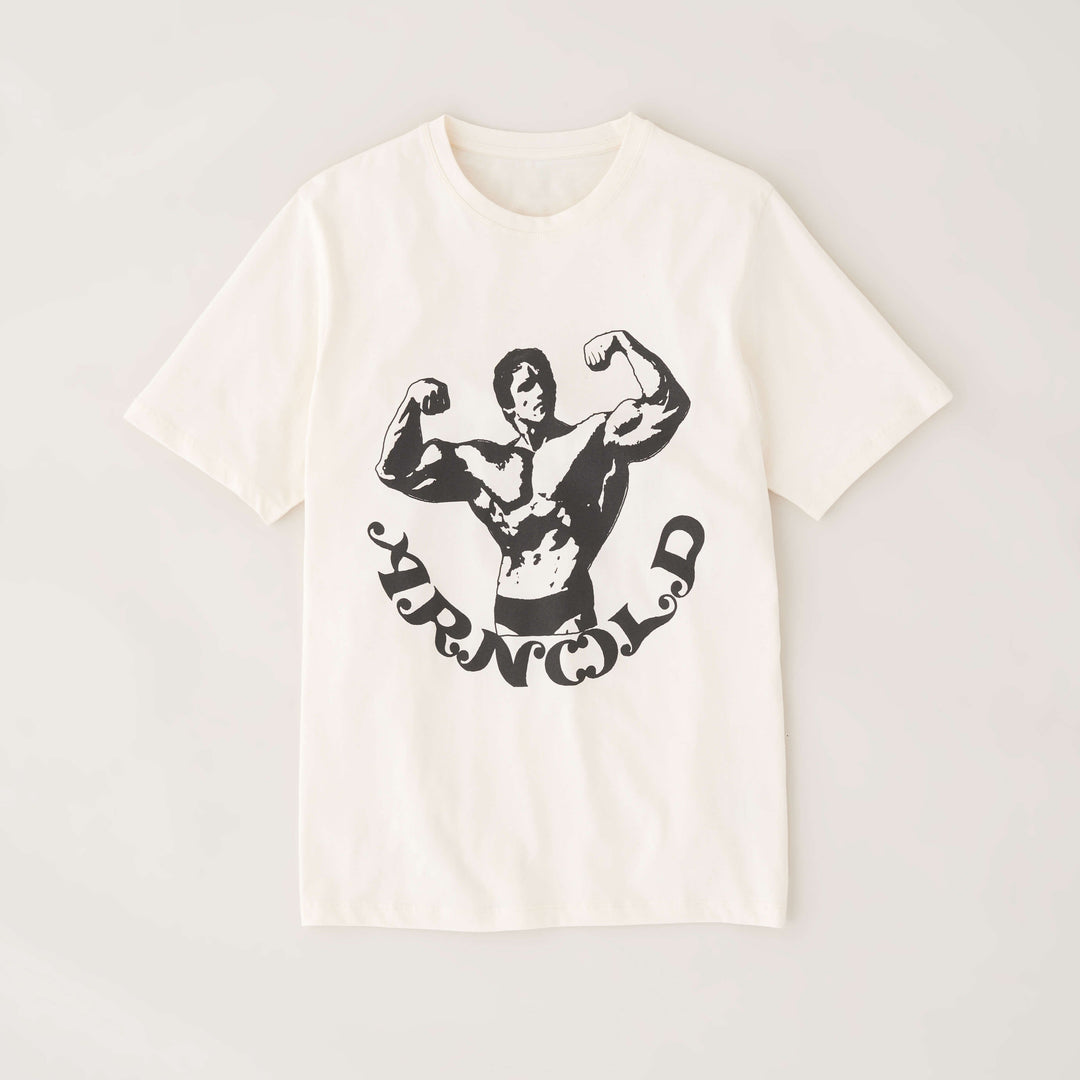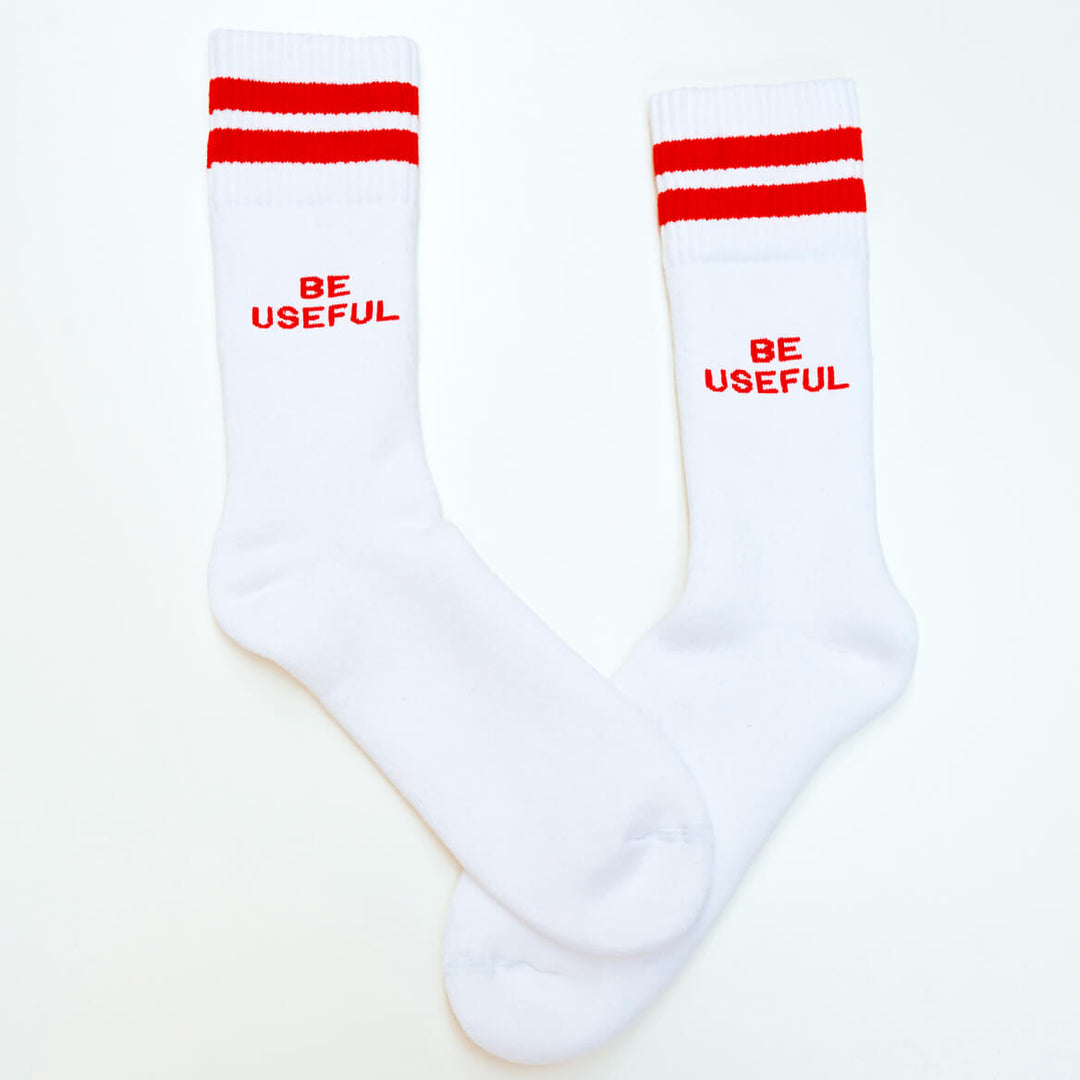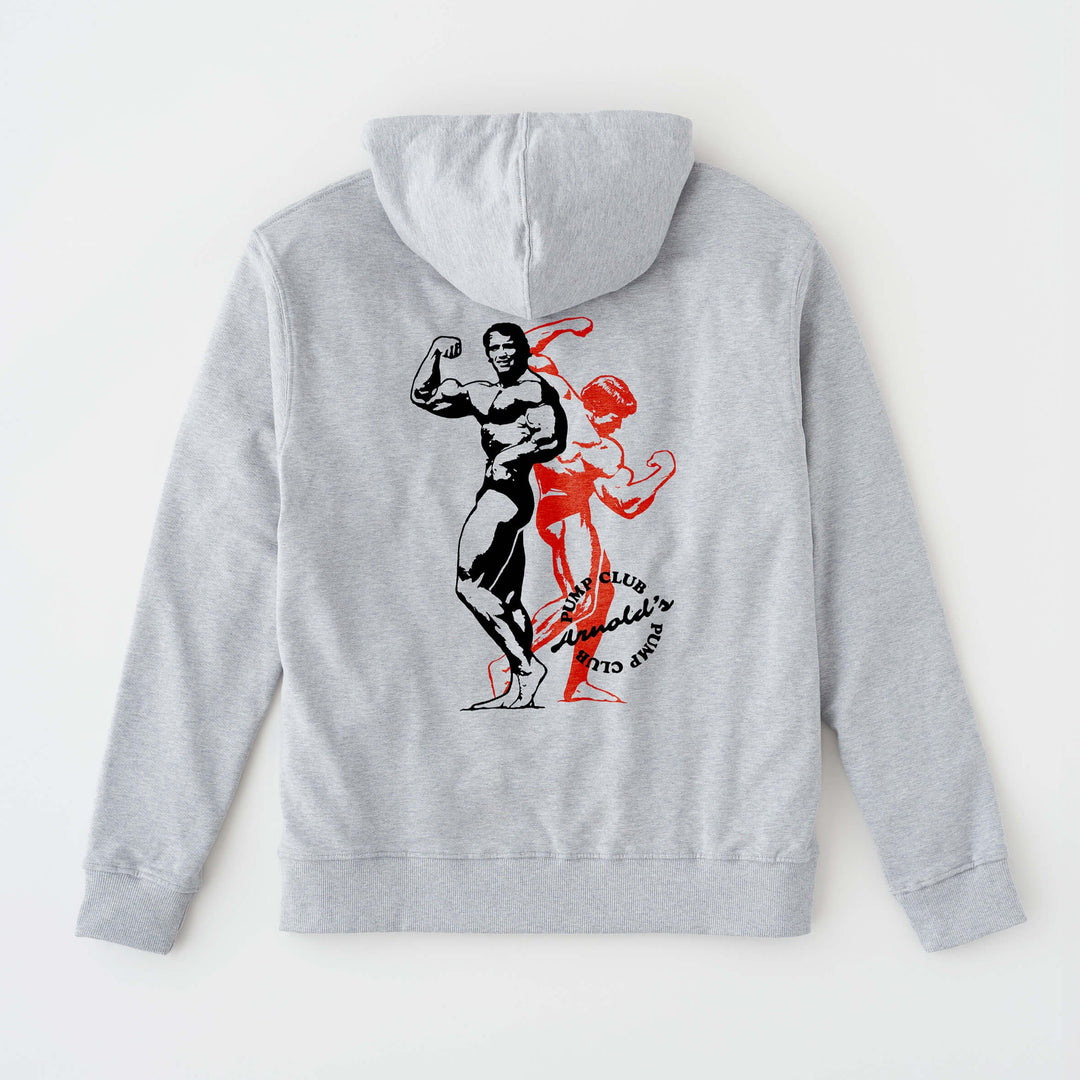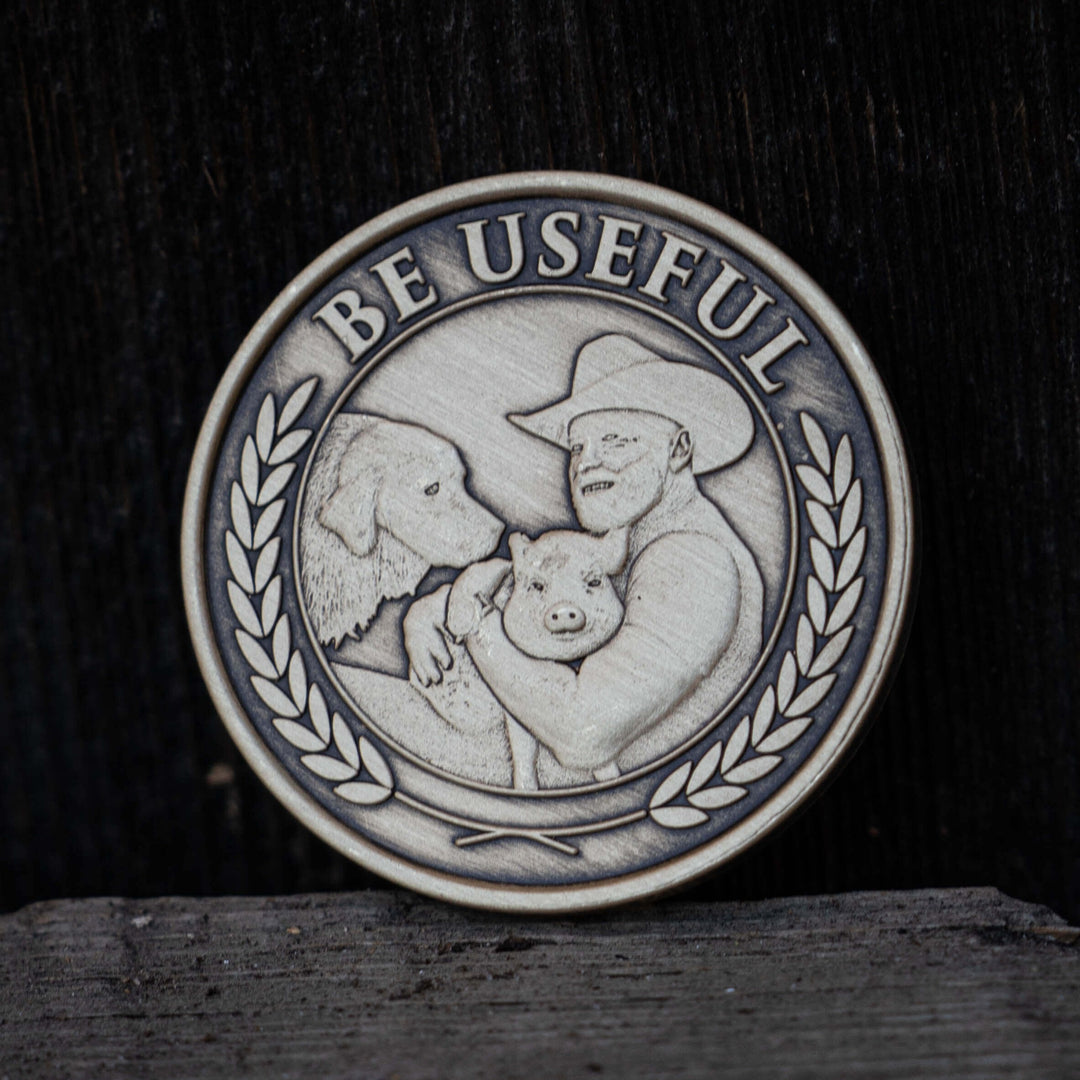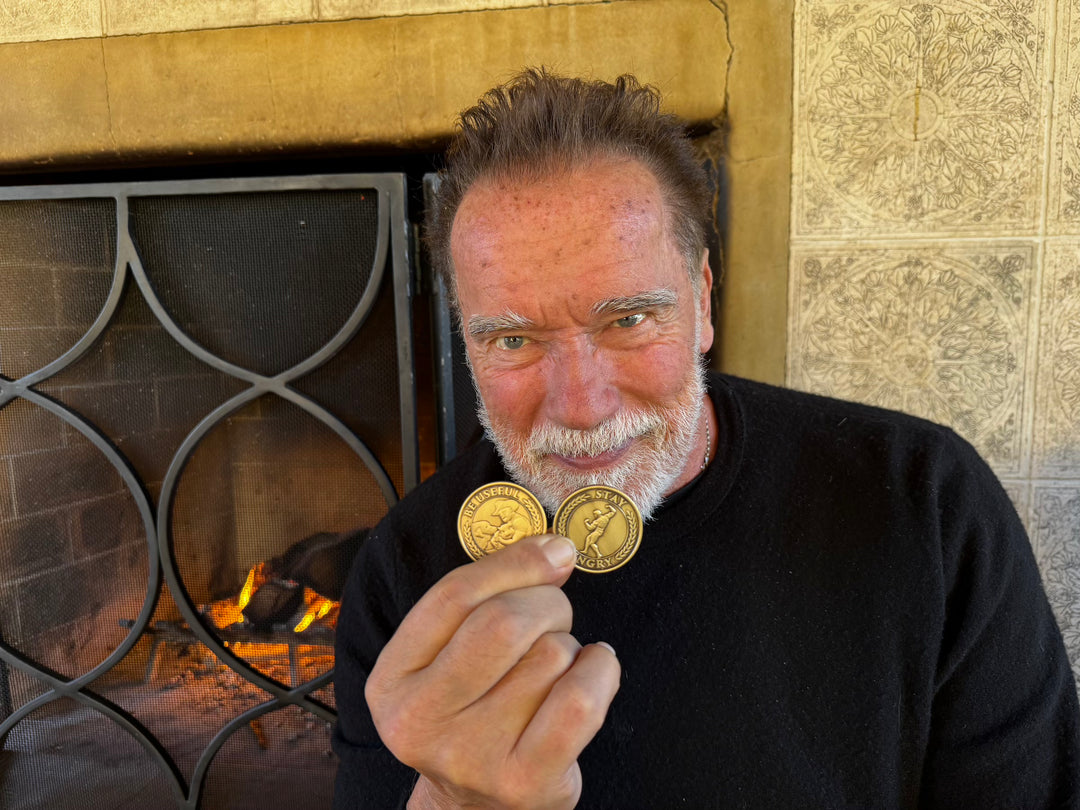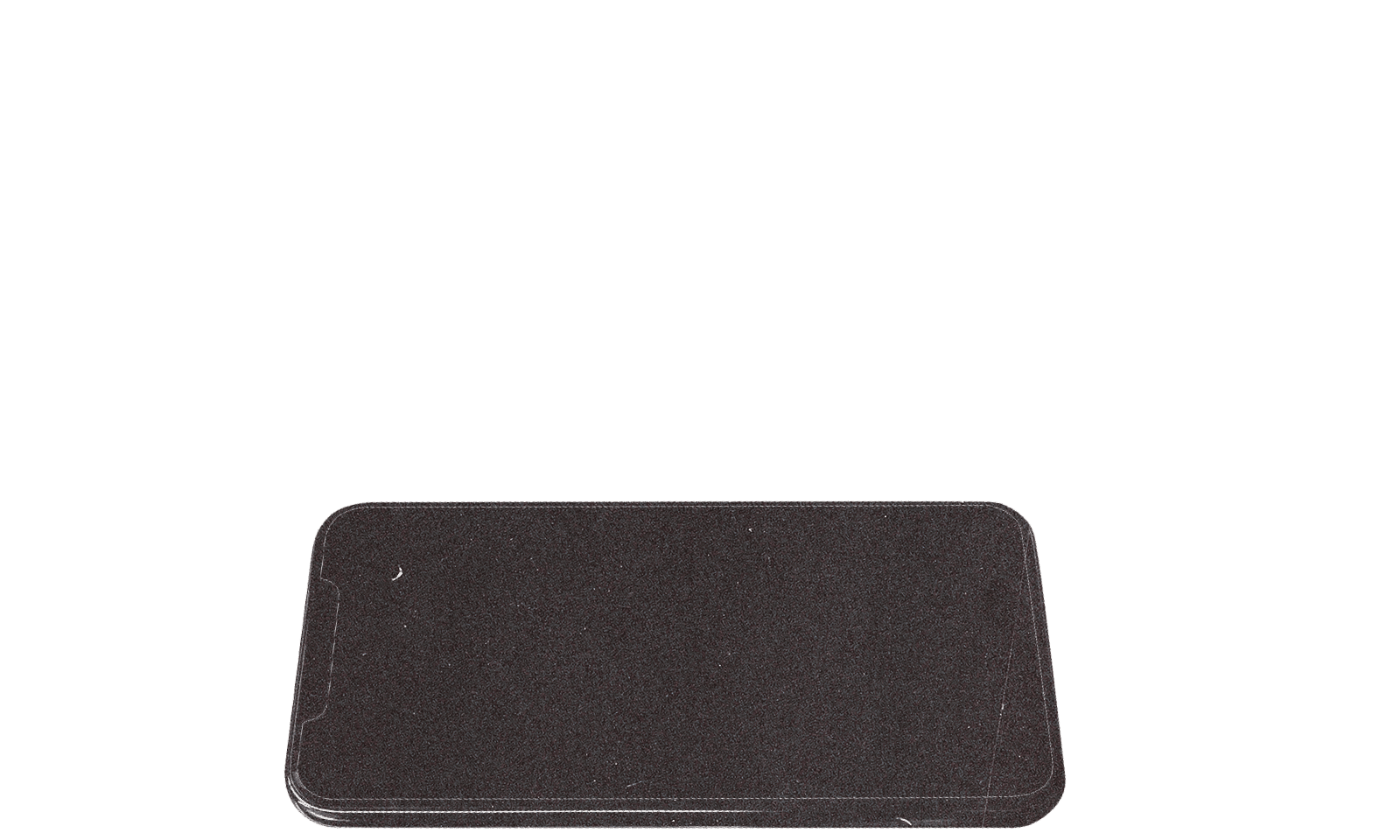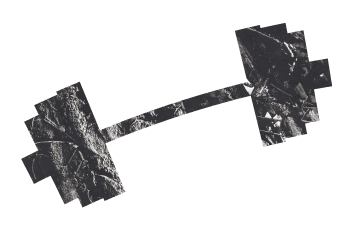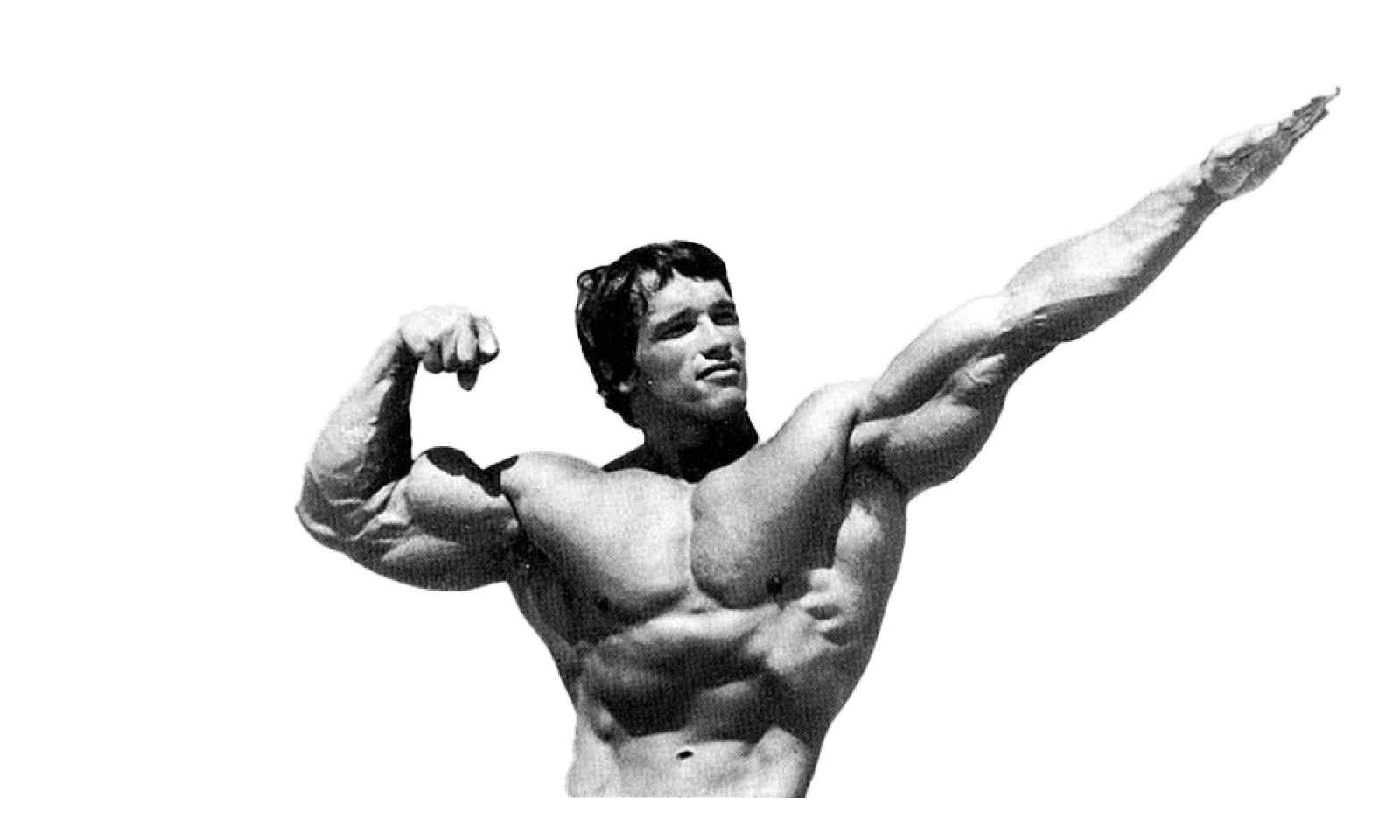Welcome to the positive corner of the internet. Every weekday, we make sense of the confusing world of wellness by analyzing the headlines, simplifying the latest research, and offering quick tips designed to make you healthier in less than 5 minutes. If you were forwarded this message, you can get the free daily email here.
Today’s Health Upgrade
Does too much protein turn into too much fat?
Let’s talk about your potential
How your shoes impact your workouts
The science of a “Eureka!” moment
Arnold’s Podcast
Want more stories from Arnold? Every day, Arnold’s Pump Club Podcast opens with a story, perspective, and wisdom from Arnold that you won’t find in the newsletter. And, you’ll hear a recap of the day’s items. You can subscribe on Apple, Spotify, Google, or wherever you listen to podcasts.
Fact Or Fiction
Does Extra Protein Turn To Body Fat?
You’ve probably heard that eating too much protein turns into fat. But what if even the most extreme intake doesn’t actually change your body fat at all?
Researchers tested an extra high-protein diet—eating more than double the recommended amount— and found that it did not lead to an increase in body fat in resistance-trained individuals.
In this 8-week randomized controlled study, researchers put the “more protein = more fat” myth to the test. Thirty resistance-trained participants were assigned to either continue their normal diet (about 1.8 g/kg/day protein) or dramatically increase their intake to 4.4 grams per kilogram of bodyweight—more than five times the RDA.
The high-protein group consumed an average of 307 grams of protein per day compared to 138 grams in the control group. The participants didn’t change their workouts, fat, or carbohydrate intake—just the amount of protein and total calories.
Despite eating approximately 800 extra calories per day (thanks to protein), the high-protein group showed no significant changes in body weight, fat mass, fat-free mass (muscle), or body fat percentage
That’s right—no added fat. Just more protein, and no major changes to their physiques.
The researchers believe protein’s high thermic effect (it takes more energy to digest), plus its impact on satiety and inefficient conversion to fat, helps prevent excess storage—even in a calorie surplus. This does not mean you can just eat, and eat, and eat protein without gaining weight. But it does mean if you go a little over on protein, it might be less likely to be store as fat.
This wasn’t the first controlled study to show that a hypercaloric, high-protein diet won’t necessarily cause fat gain, especially when strength training is consistent and fat/carbs stay stable.
If you’re active and trying to support muscle recovery or growth, you don’t need to fear high protein intakes. And if you’re not active, it’s good to prioritize protein, but you don’t need as much. You might benefit from as little as 1.2 to 1.6 g/kg per day of your goal body weight. And if you’re active, most research suggests 1.6 to 2.2 g/kg/day is sufficient for muscle gain or maintenance.
Adam’s Corner
Are You Tired Of Talking About Your Potential?
There’s a story about Thomas Edison that’s rarely told. And it could be exactly what you need to hear.
Before the 1,000 failed attempts to create the lightbulb, the patents, and the fame—Edison was just another struggling inventor, burning through money and time. And he was stuck. Obsessed with making everything work on his own, he believed success had to be self-made. He refused to share credit. Refused to ask for help.
And then one day, in a moment of frustration or maybe clarity, he brought in a chemist named Francis Upton. Upton had formal education. Edison didn’t. But together, things changed. That’s when the breakthroughs happened. That’s when Edison stopped trying to do everything alone.
While Edison was undeniably brilliant, Upton understood mathematical frameworks in a way Edison didn’t. That meant he could take Edison’s ideas and model them into equations and designs that could be brought to life.
We love the idea of the lone genius. The self-made success story. The person who figures it all out. But that story? It’s a lie.
As Arnold has shared many times, the “self-made man” is misleading. Not because people don’t posses brilliance or greatness.
But because no one reaches their potential alone. Not in business. Not in health. Not in life.
We live in a time when "doing your own research" feels like a badge of honor. You listen to podcasts, scroll social media, gather tips from a hundred different voices. And that curiosity is good. It’s part of growth.
But at some points, it has limitations. You mistake information and learning for mastery, and begin to discount experience.
You watch YouTube videos and think that exercises are just about reps and sets. You review enough diets and feel like you have macros down like basic arithmetic. And yet, human behavior and exercise and nutrition science are not just a game of formulas.
There’s a reason why so many people “know what to do,” and so few struggle to see the results they want despite hard work and good intentions.
At some point, you have to ask: when do you stop consuming and start asking? When do you admit you might need help? If you do, you’ll quickly realize that seeking that guidance is not weakness; it’s a competitive advantage.
Because here's the thing: You can’t get help you don’t ask for. And you can’t learn if you pretend to already know.
That goes for your training plan, your diet, your burnout, your relationships.
I've seen it in my own life. My business didn't scale until I reached out to someone who had built something bigger. My mindset didn't shift until I saw a therapist. My friendships didn’t deepen until I talked honestly about them. My marriage didn't evolve until we faced our challenges together.
The illusion of independence is seductive. But ego is often a mask for fear. Fear of appearing weak. Fear of being vulnerable. Fear of not having all the answers.
But the truth is, asking for help is a sign of strength. It’s how you build resilience. It’s how you find clarity. It’s how you acknowledge your weaknesses and struggles. It’s how you move forward.
To date, we’ve seen transformations in The Pump Club App that surpass anything I’ve seen in 25 years of coaching. The secret sauce? Yes, the programs are great, the nutrition advice is sustainable, and people have stopped looking for quick fixes.
But the most underrated benefit is that these people have joined The Pump Club app willing to say, “Ok, what can I learn from all of you?” They ask Arnold questions during his Q&A’s. They send videos to Coach Jen and Coach Nic to have them judge their form and give them tips. They read the articles that me and Ketch write. They engage with the community. And they show up at our live events and connect with others in real life.
You wouldn’t believe the results until you join (it’s up to 50% OFF for all APC readers — including a free 7-day trial) and experience them yourself.
But here’s what you can understand without signing up for anything, as long as you take our word: this isn’t about our app. It’s about your accountability and ego.
So today, ask yourself: Where are you still trying to figure it out on your own? What are you carrying in silence? And most importantly—what would change if you finally said, "I don’t have this all figured out"?
Because the moment you drop the illusion of doing it alone is the moment your potential finally has room to breathe.
It's not about going fas or looking smart. It's about going far and achieving your goals. And you go farther when you go together.
Together With NOBULL
Why Your Shoes Might Be Sabotaging Your Workout
You wouldn’t wear dress shoes to run a marathon. So why are you lifting in running shoes?
Research suggests that the wrong footwear robs you of strength, stability, and safety.
It’s one of the most overlooked mistakes in the gym—and it can limit your performance without you even realizing it.
Running shoes are designed for forward motion and shock absorption. But in the gym, you move differently—laterally, explosively, under load. That means you need a flat, firm, and grounded base. You need traction. You need support.
After two years of testing every top brand, we found the one that outworks the rest: The Outwork by NOBULL. Built to support real training—not trends.
The NOBULL Outwork is practically indestructible and offers the stability that leads to safety, power, and strength. Its flat, low-to-the-ground sole and wide toe box give you a locked-in feel on every lift.
Whereas running shoes have a different tread, The Outwork has grip that lasts, with a carbon rubber outsole with circular tread designed for control, whether you’re pulling, pressing, or jumping.
That’s why the NOBULL Outwork was awarded the “Best Overall Training Shoe” in 2025.
Training is about progression. Strength takes time. But your shoes should never be the weak link.
So if you care about your body and getting better, stop compromising with soft, unstable soles.
Train the way you were meant to—with shoes built for the work. As an APC reader, you can get $50 OFF your first pair of NOBULL shoes.
Get your first pair of Outwork shoes for just $99 with code FIRST50. Because looking strong is great. But lifting strong—and lifting safely—is better.
Mindset
The Power of A “Eureka!” Moment
We’ve all experienced those sudden flashes of clarity—when a solution seems to click into place out of nowhere. It turns out those eureka moments don’t just feel good, they literally rewire your brain.
New research suggests that when you solve a problem through insight, you’re nearly twice as likely to remember it later—because your brain stores it more deeply and emotionally.
Scientists used MRI scans to observe brain activity while participants solved visual puzzles, comparing solutions reached through insight (“aha!” moments) versus deliberate, analytical problem-solving.
When a solution came through insight, participants were significantly more likely to remember it later—almost double the retention rate.
These “aha” moments were associated with stronger changes in brain activity patterns—specifically in the visual cortex (where the brain processes the problem), the hippocampus (where memories are stored), and the amygdala (which governs emotion).
The more confident participants felt about their insight, the more likely they were to remember the solution, which highlighted the powerful role of certainty and emotional impact in memory formation.
The researchers propose that representational change—a sudden reorganization in how the brain encodes and integrates information—is the key to why insight-driven memories stick. When that lightbulb turns on, your brain doesn’t just solve the puzzle—it reshapes how that information is structured and remembered.
If you’re trying to retain new knowledge, create space for insight. This might mean stepping away from the problem, walking outside, getting sleep, or doing something unrelated so your subconscious can connect the dots.
When the solution finally hits, you’ll not only solve the problem, you’ll remember it longer, too, and be able to apply those lessons to other problems you want to solve.
—
Publisher: Arnold Schwarzenegger
Editors-in-chief: Adam Bornstein and Daniel Ketchell




